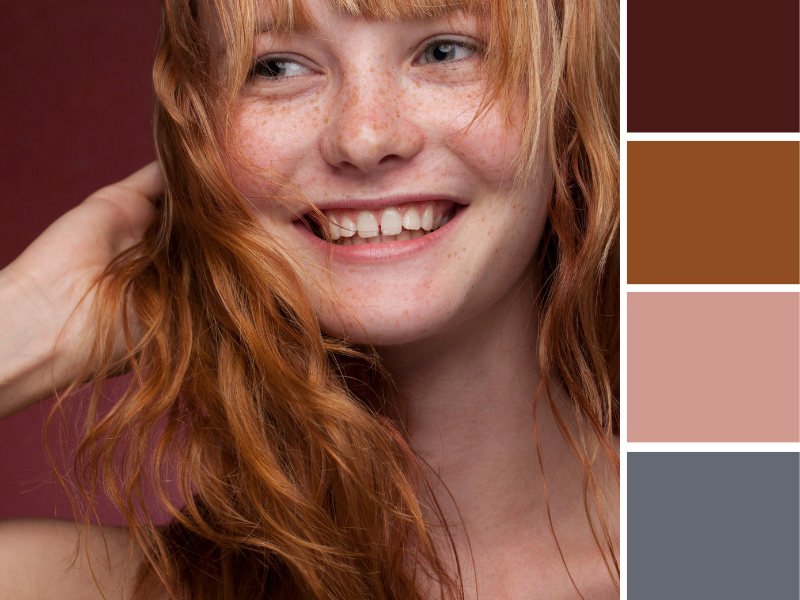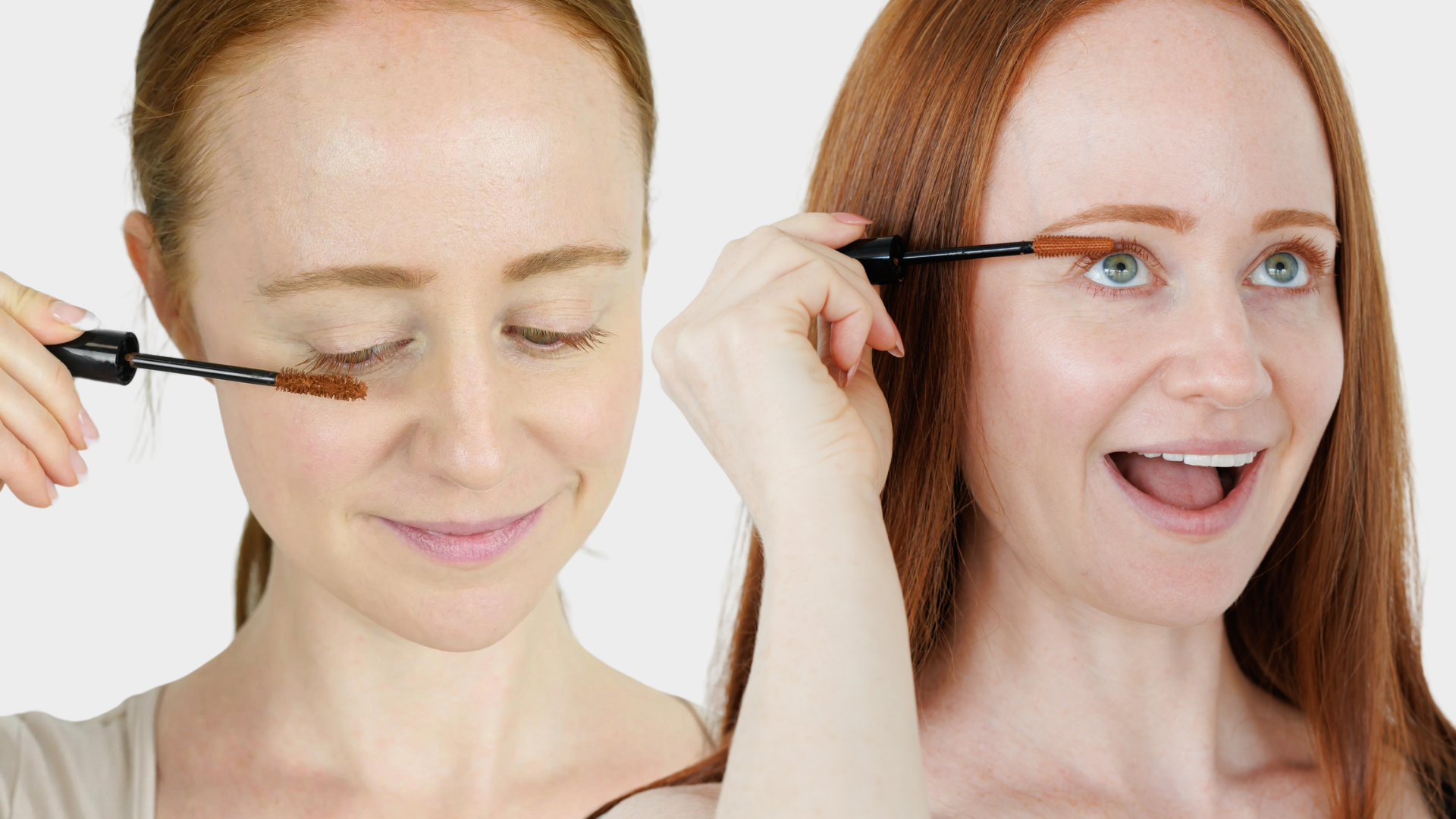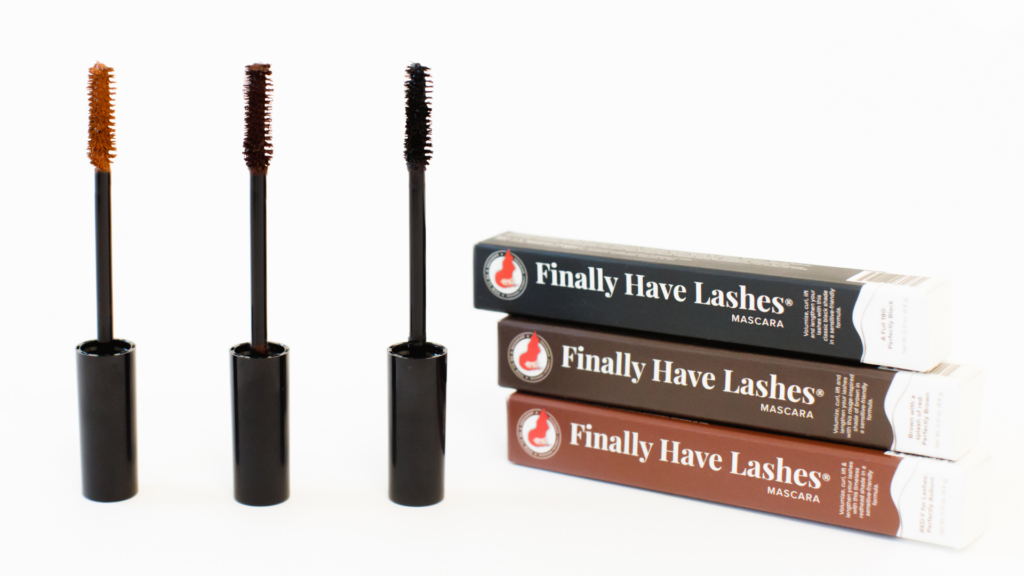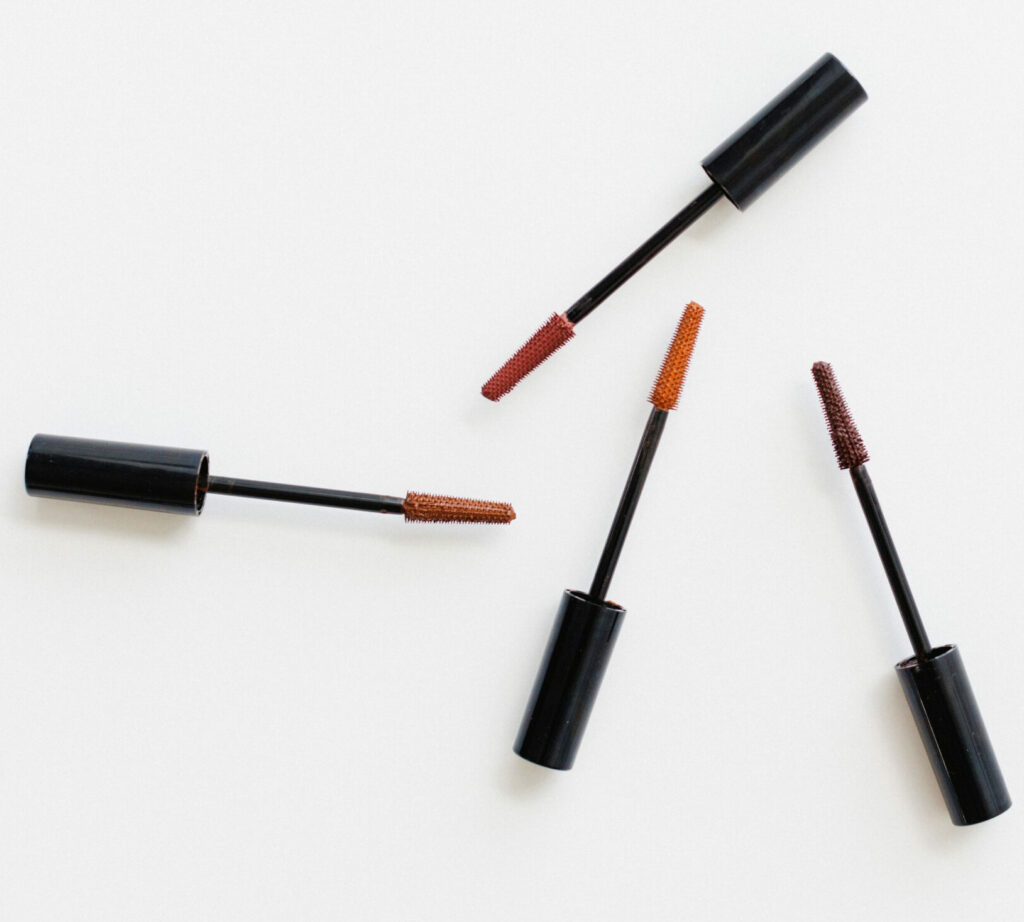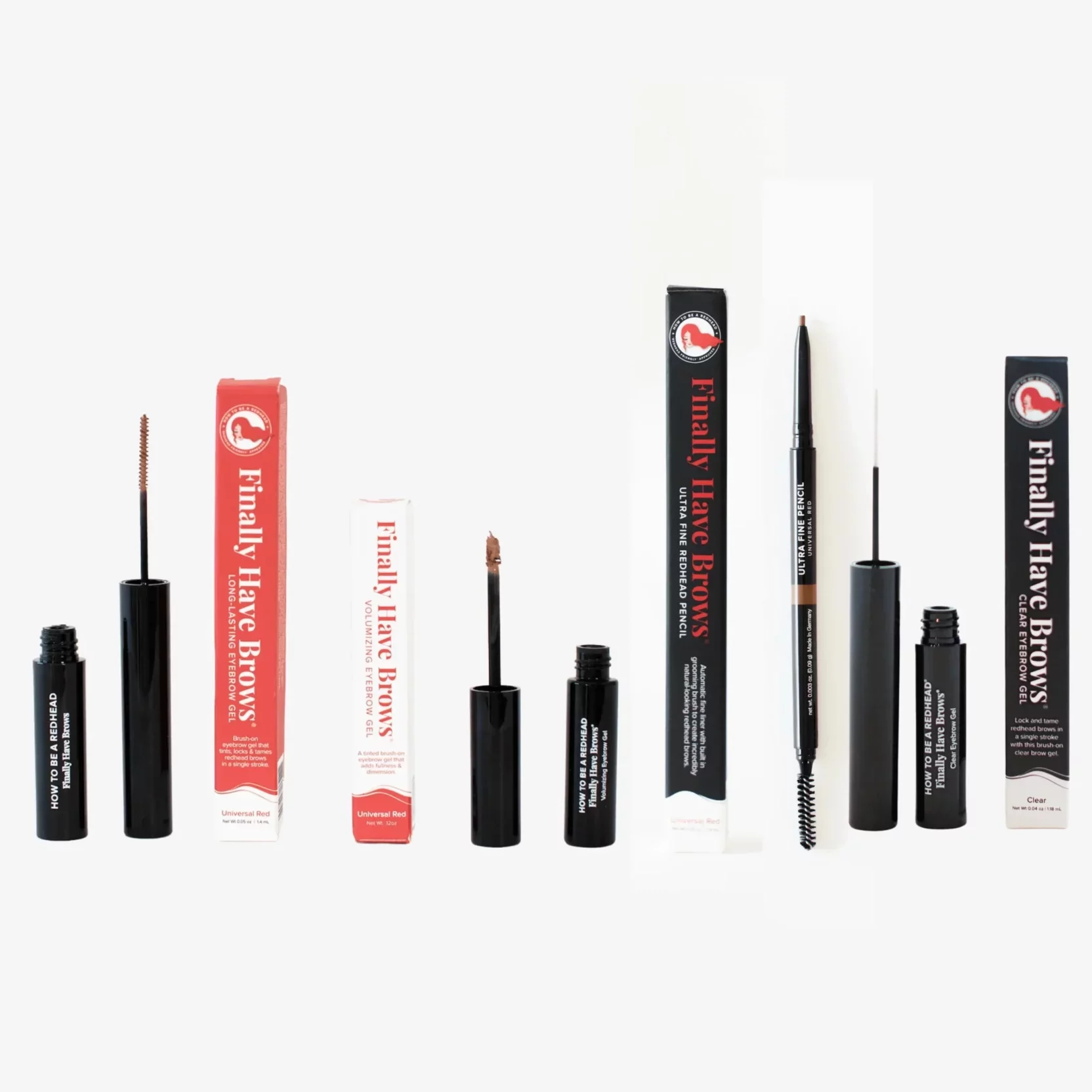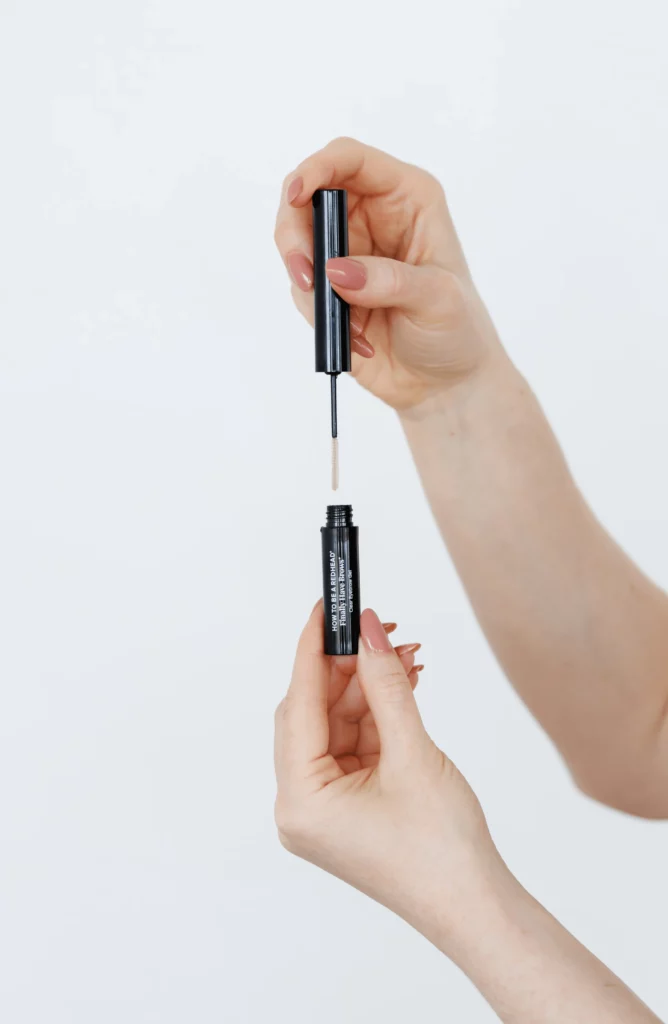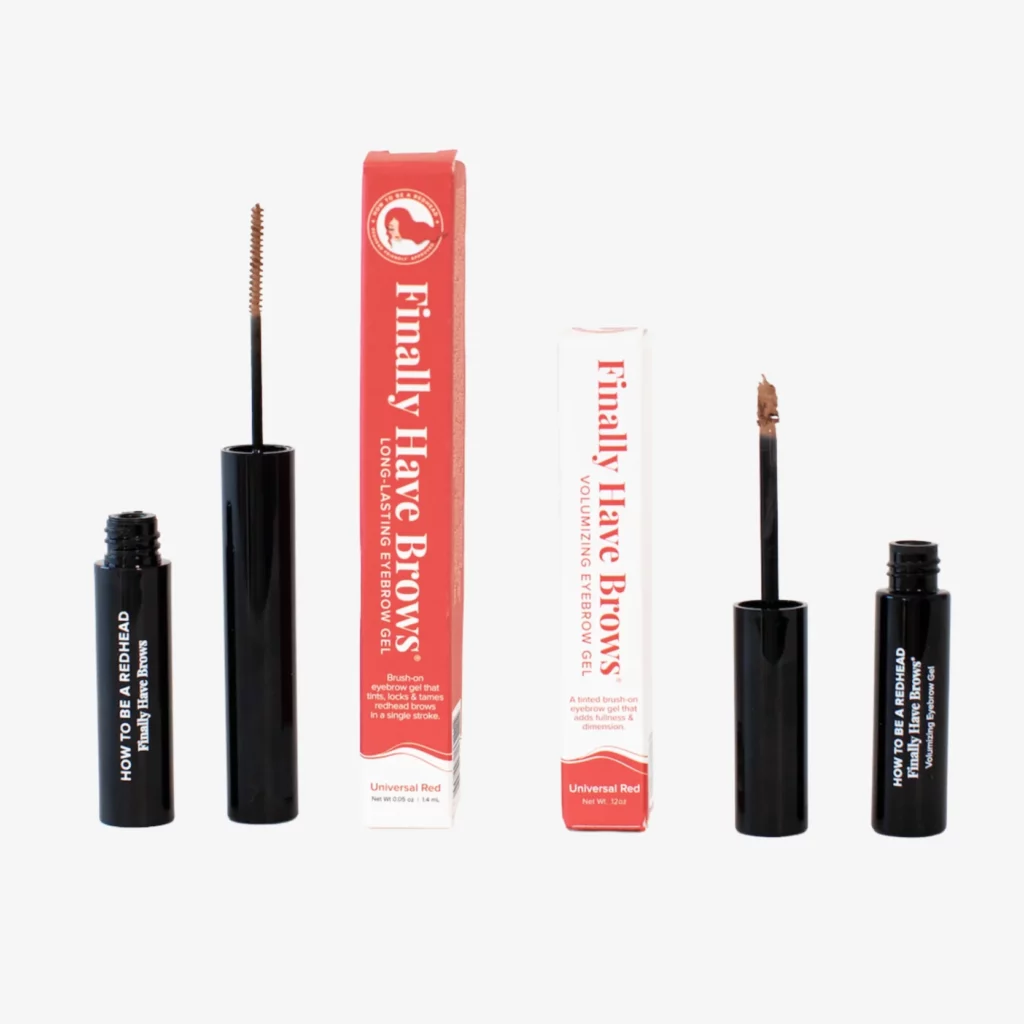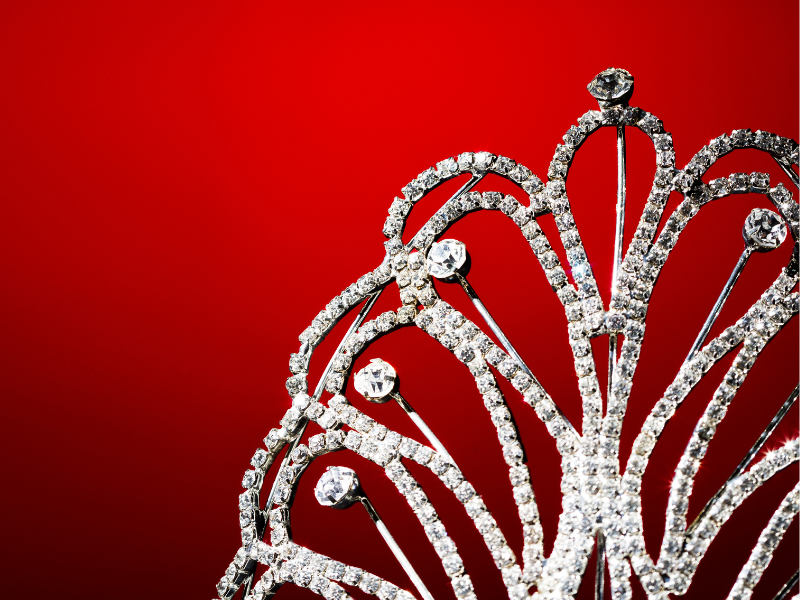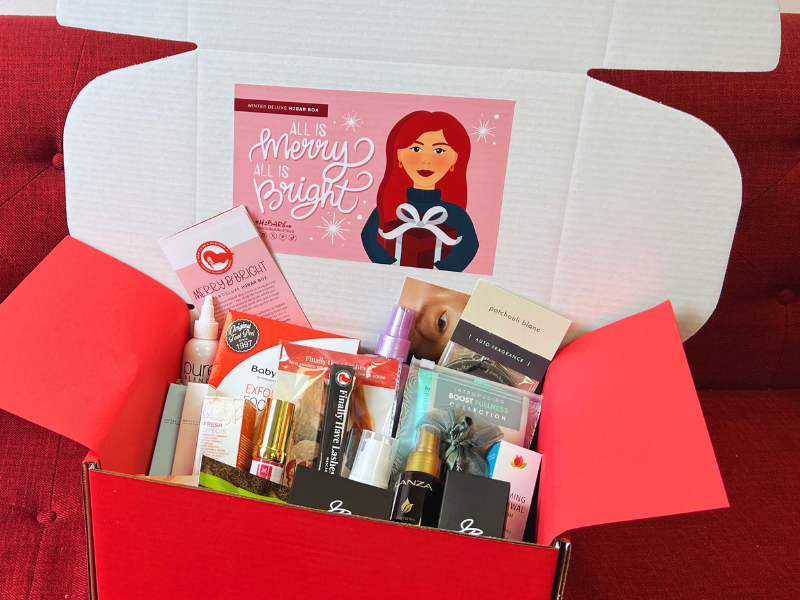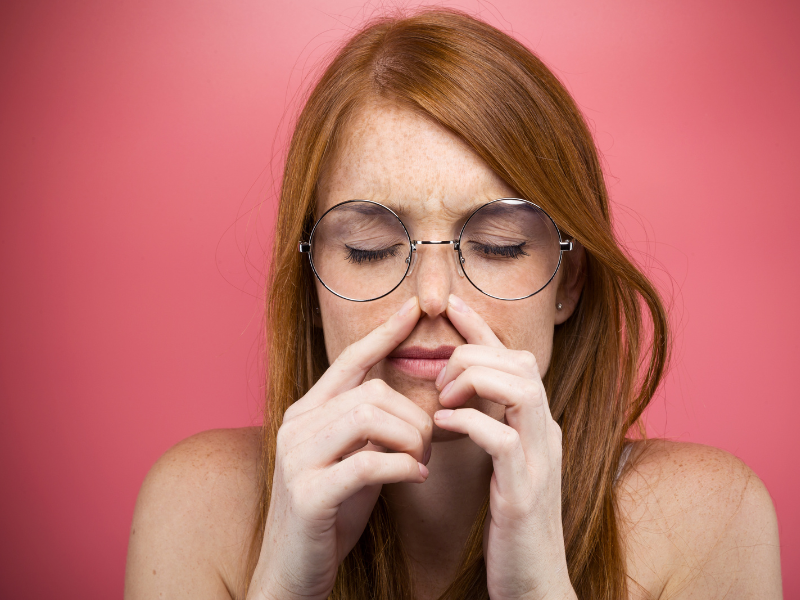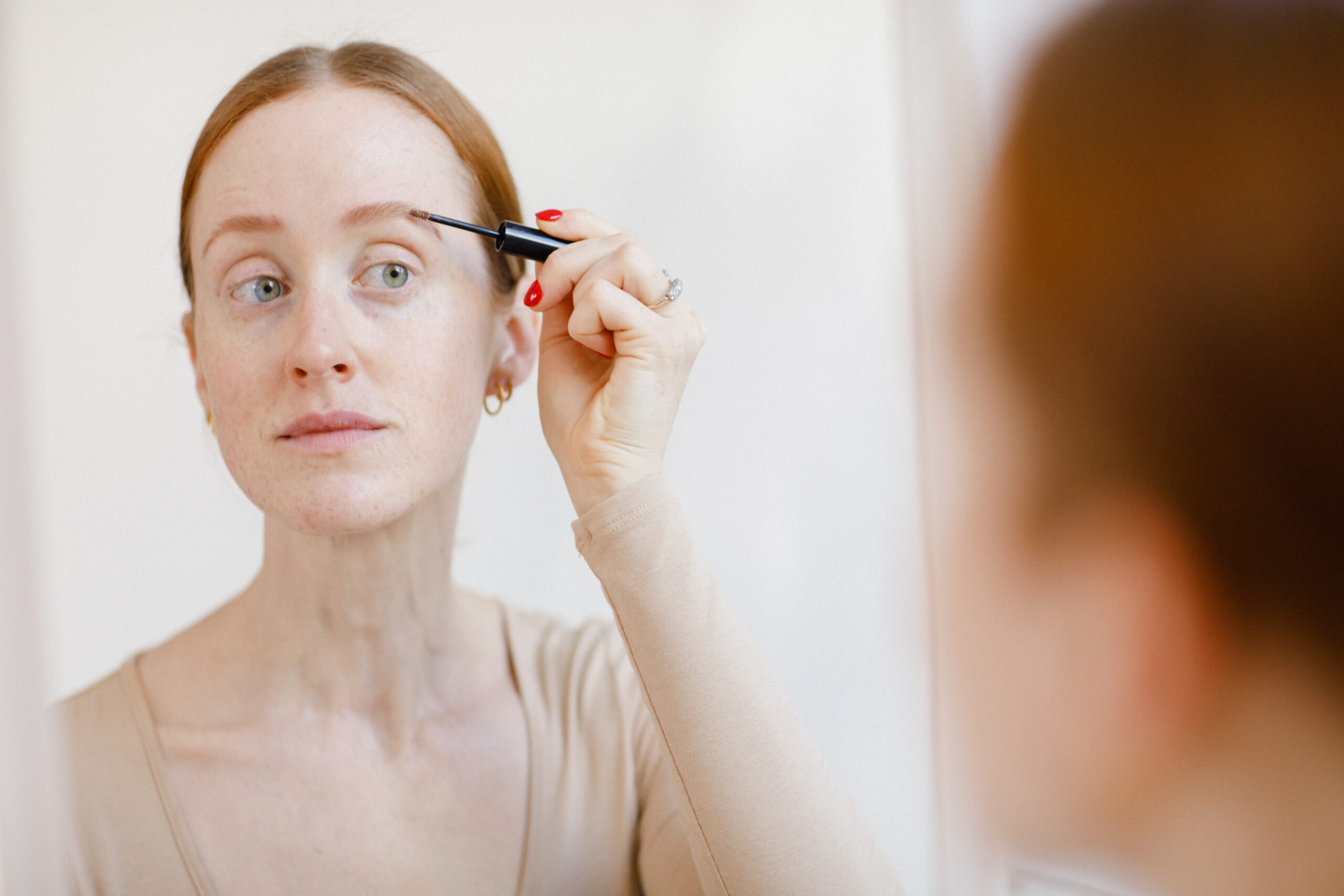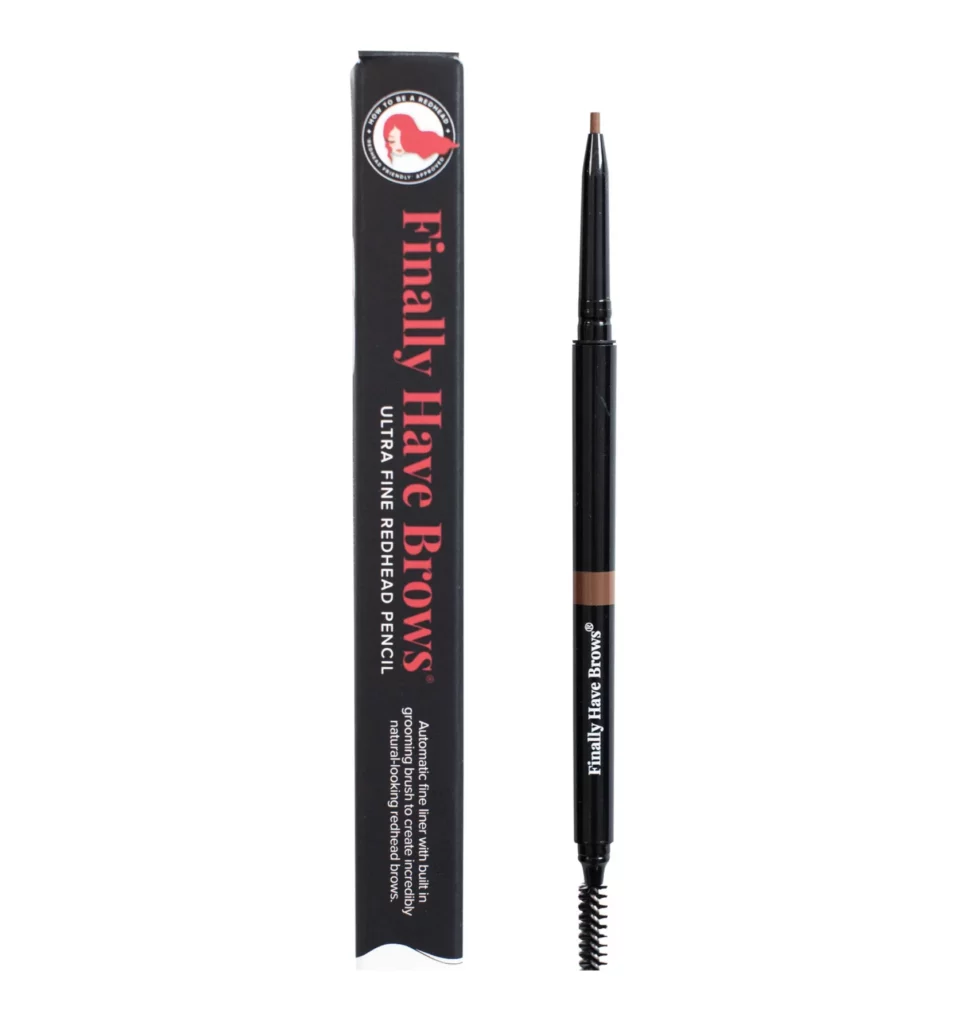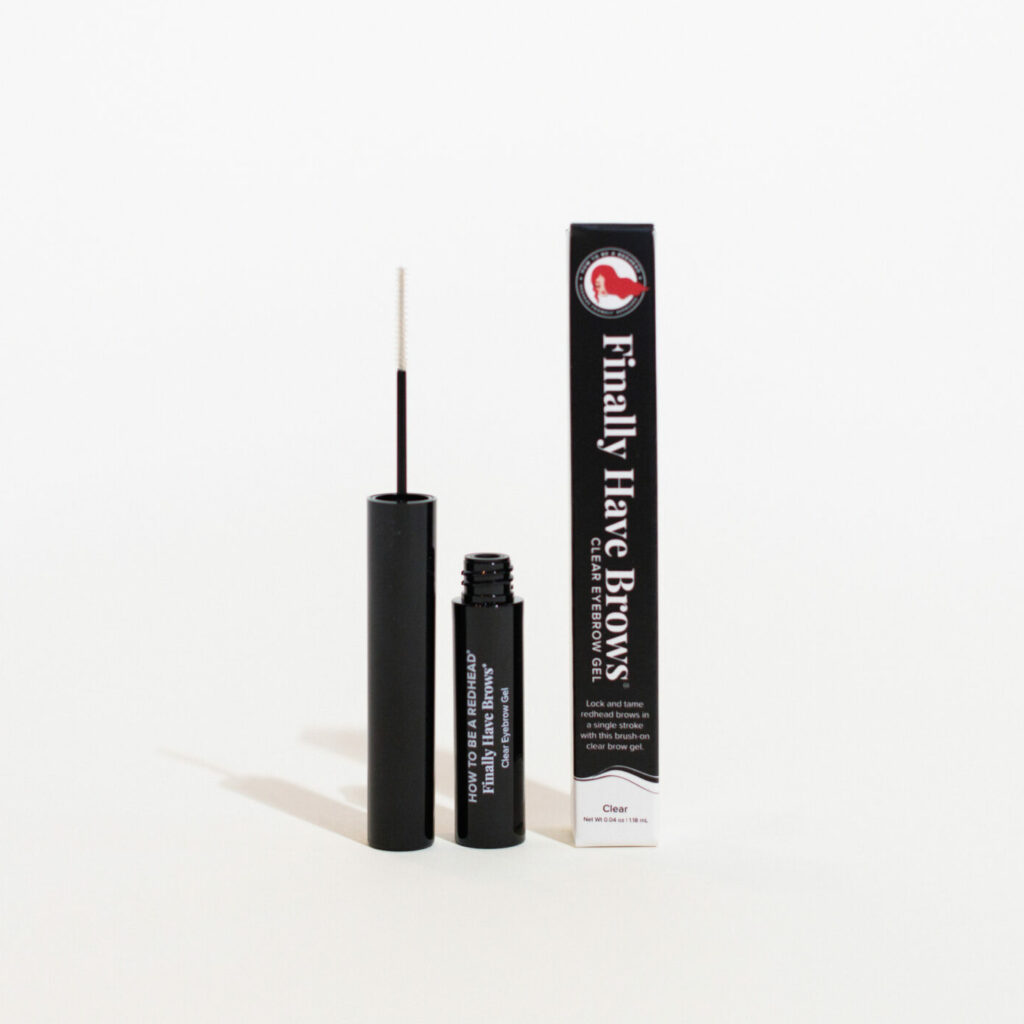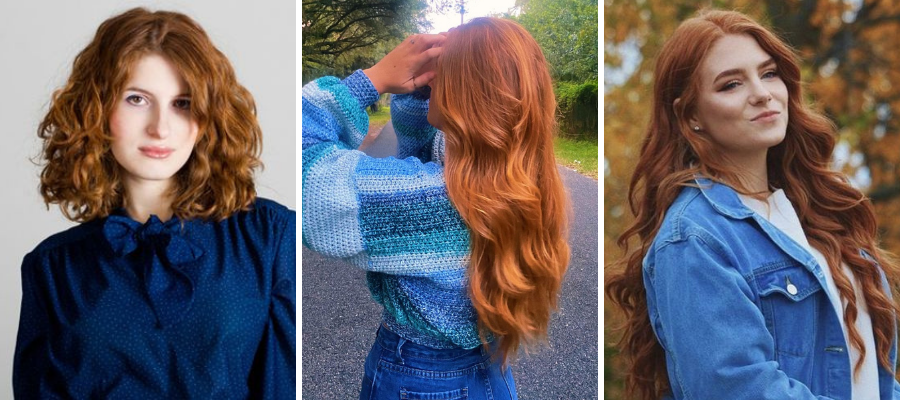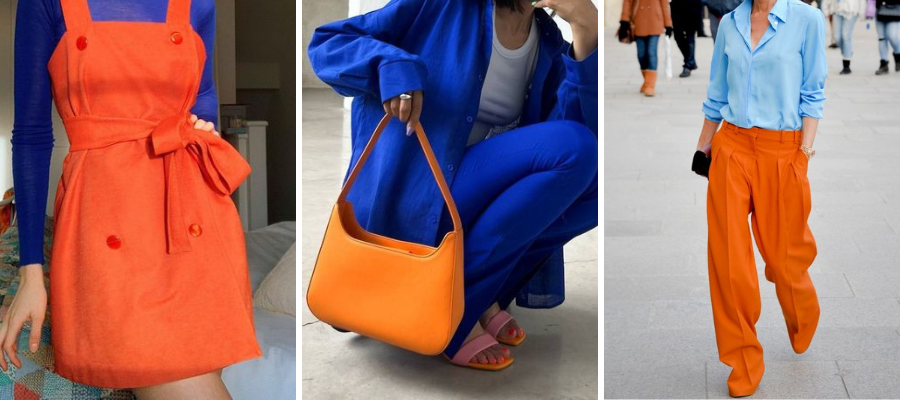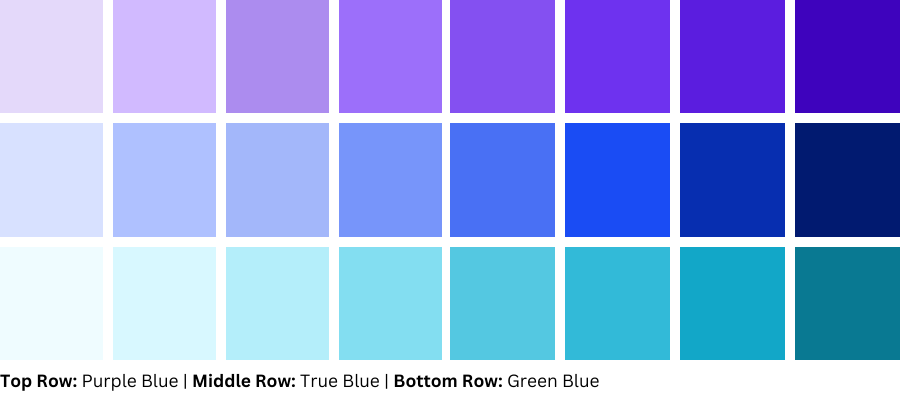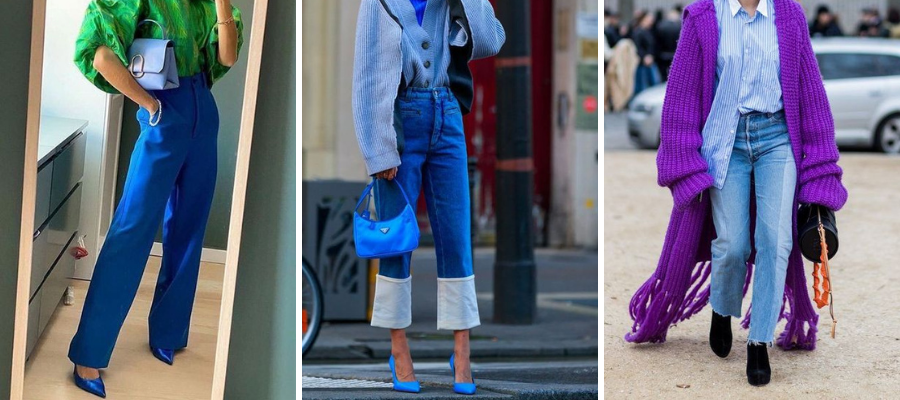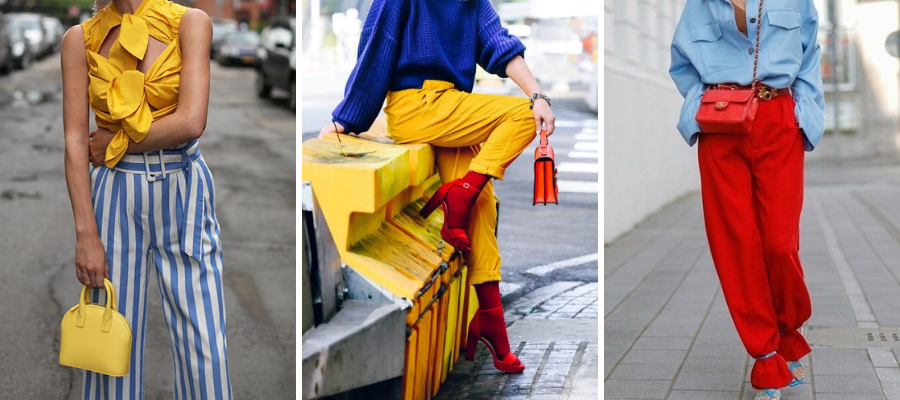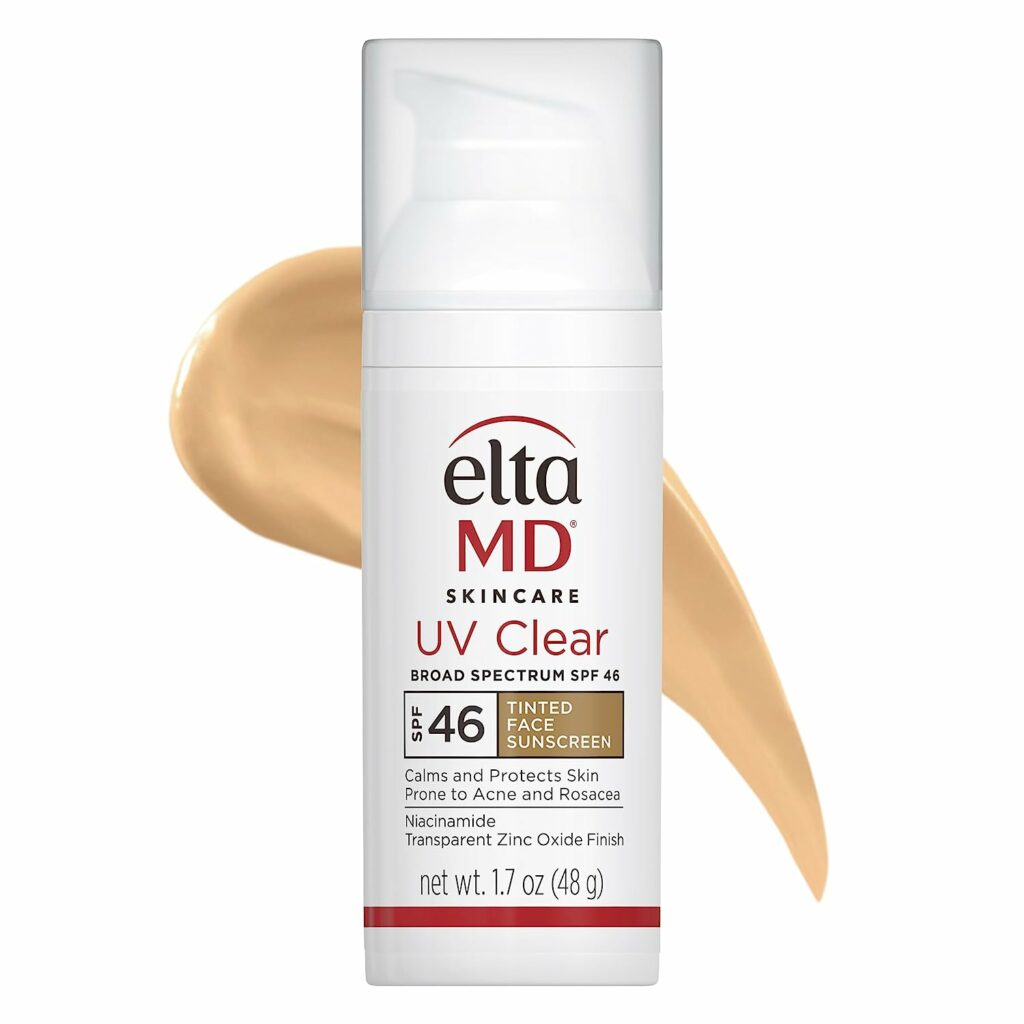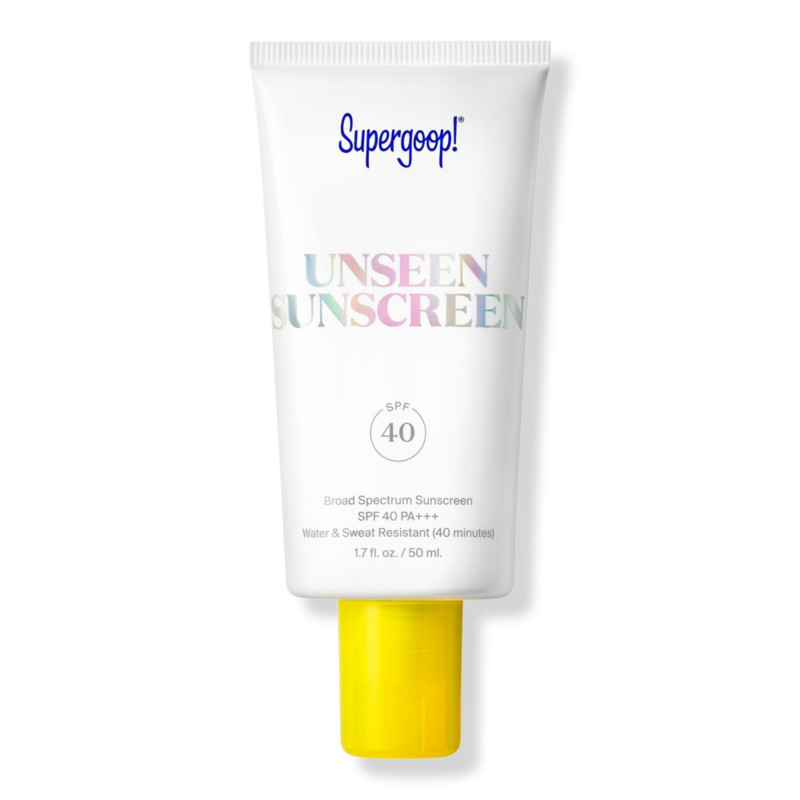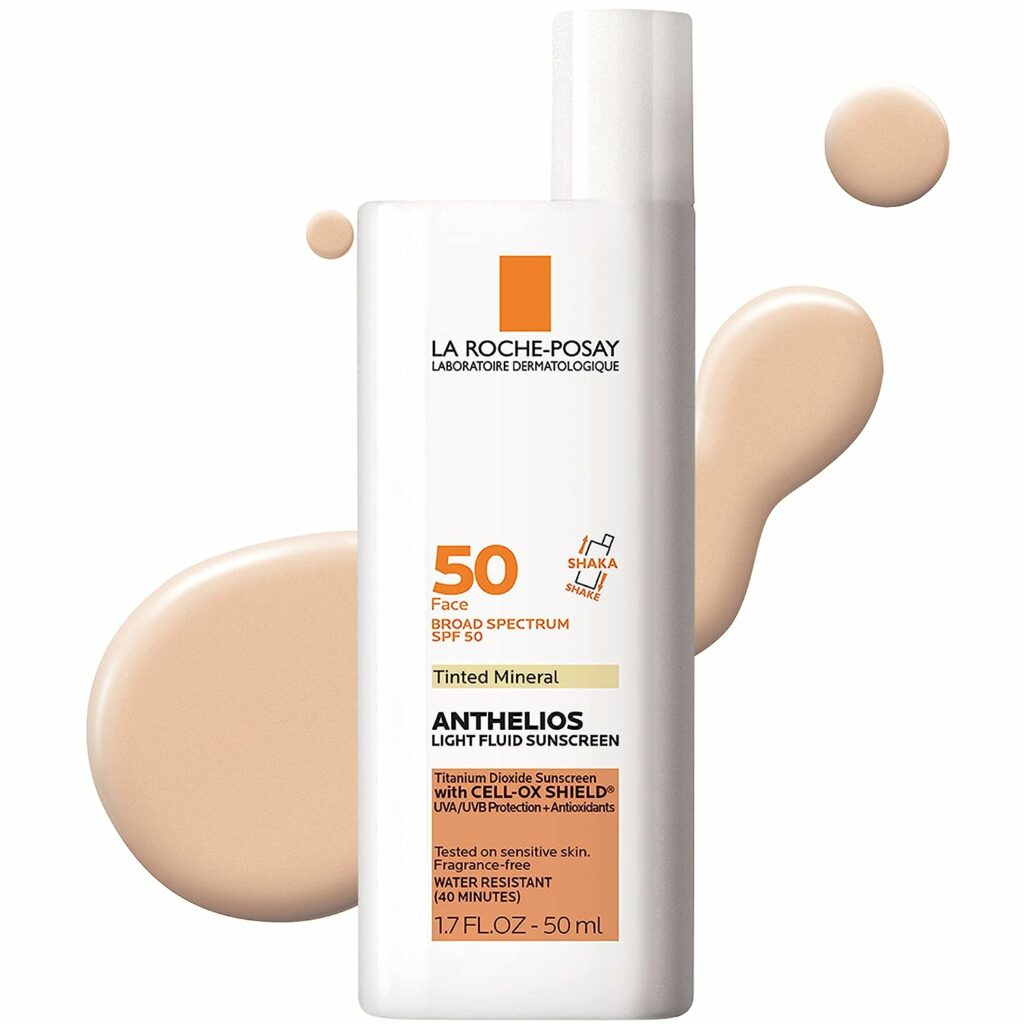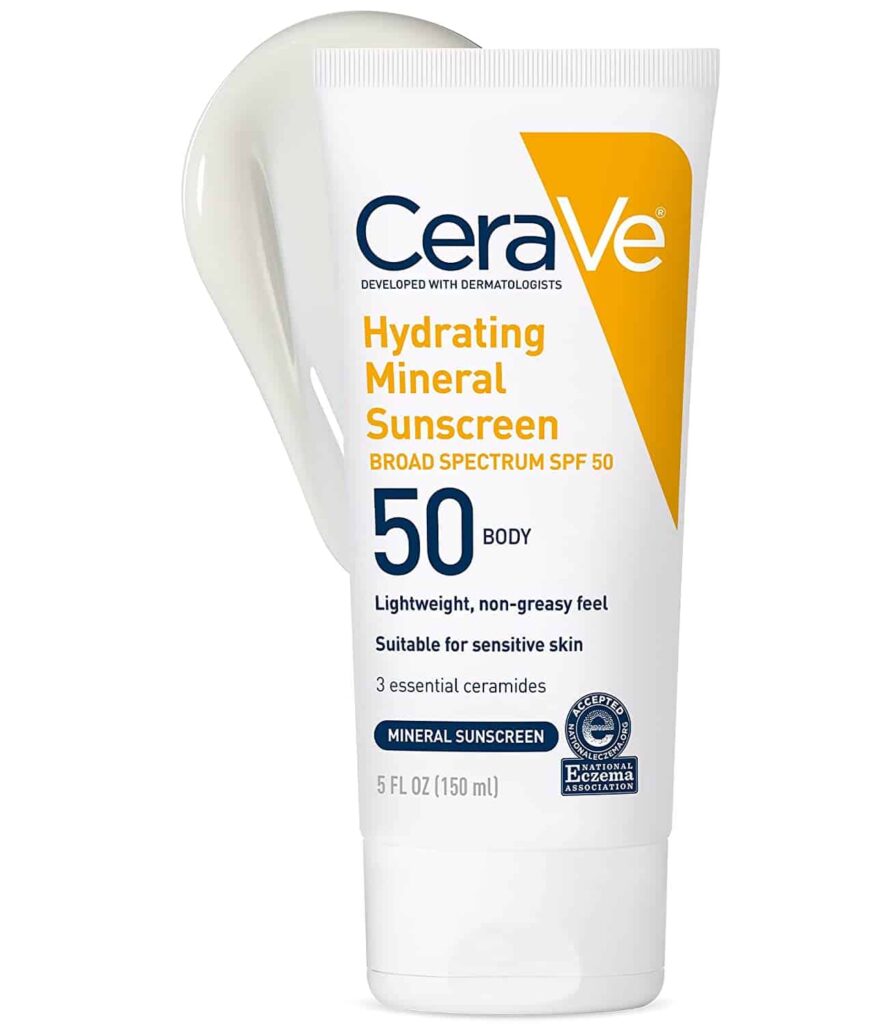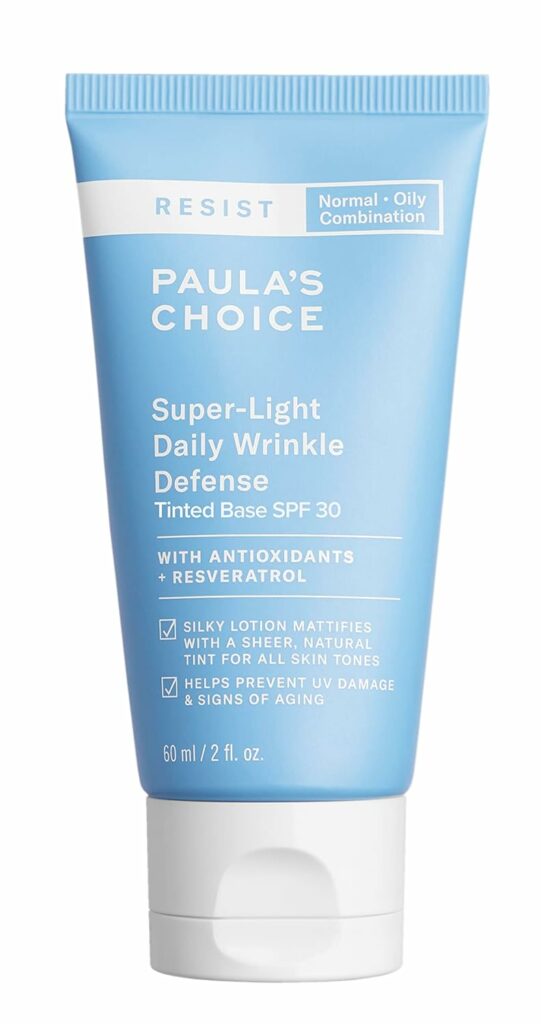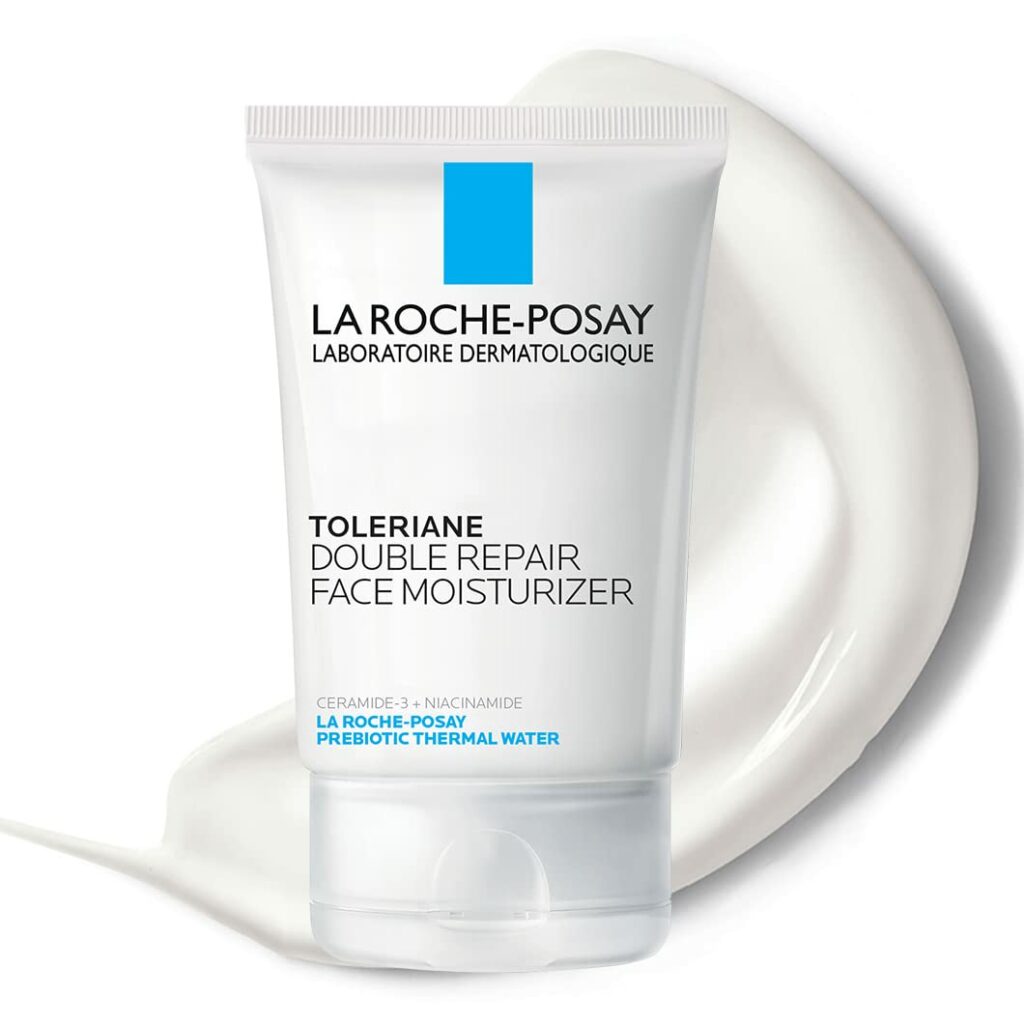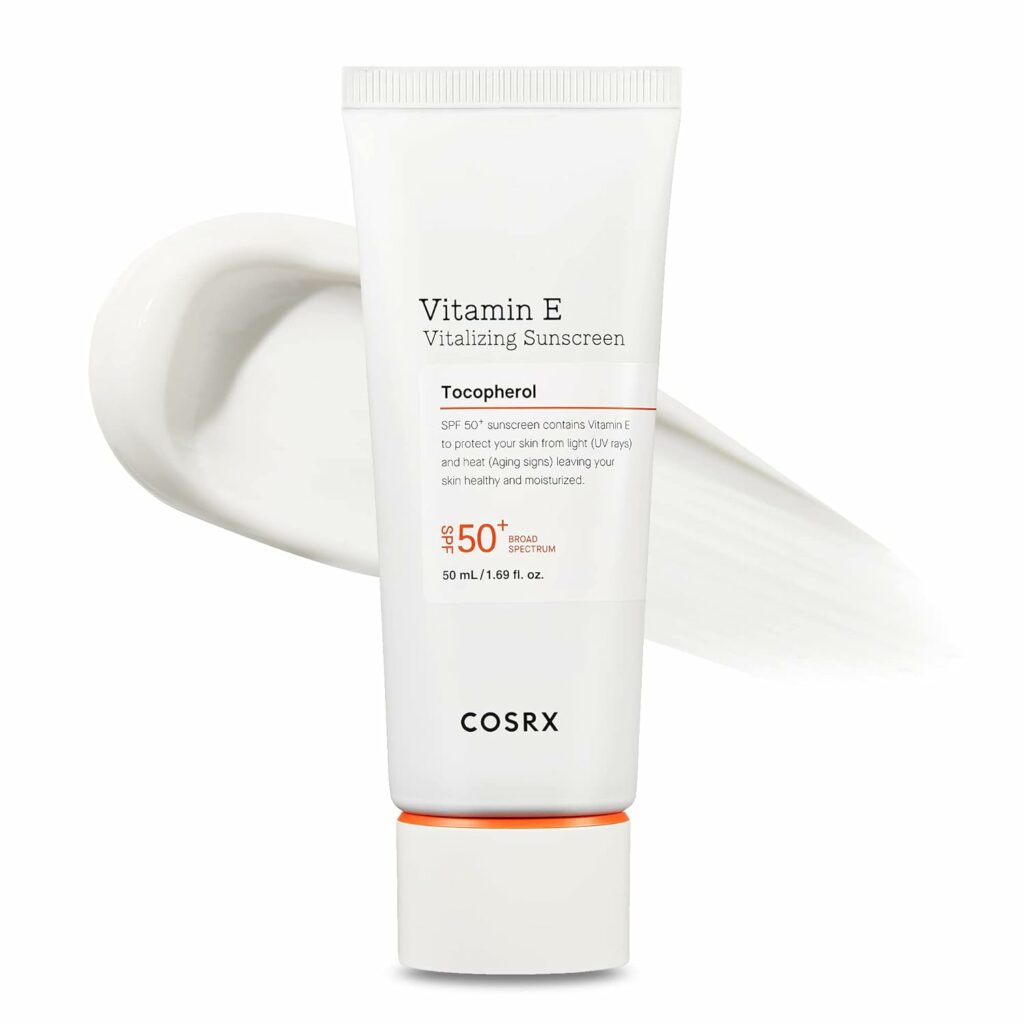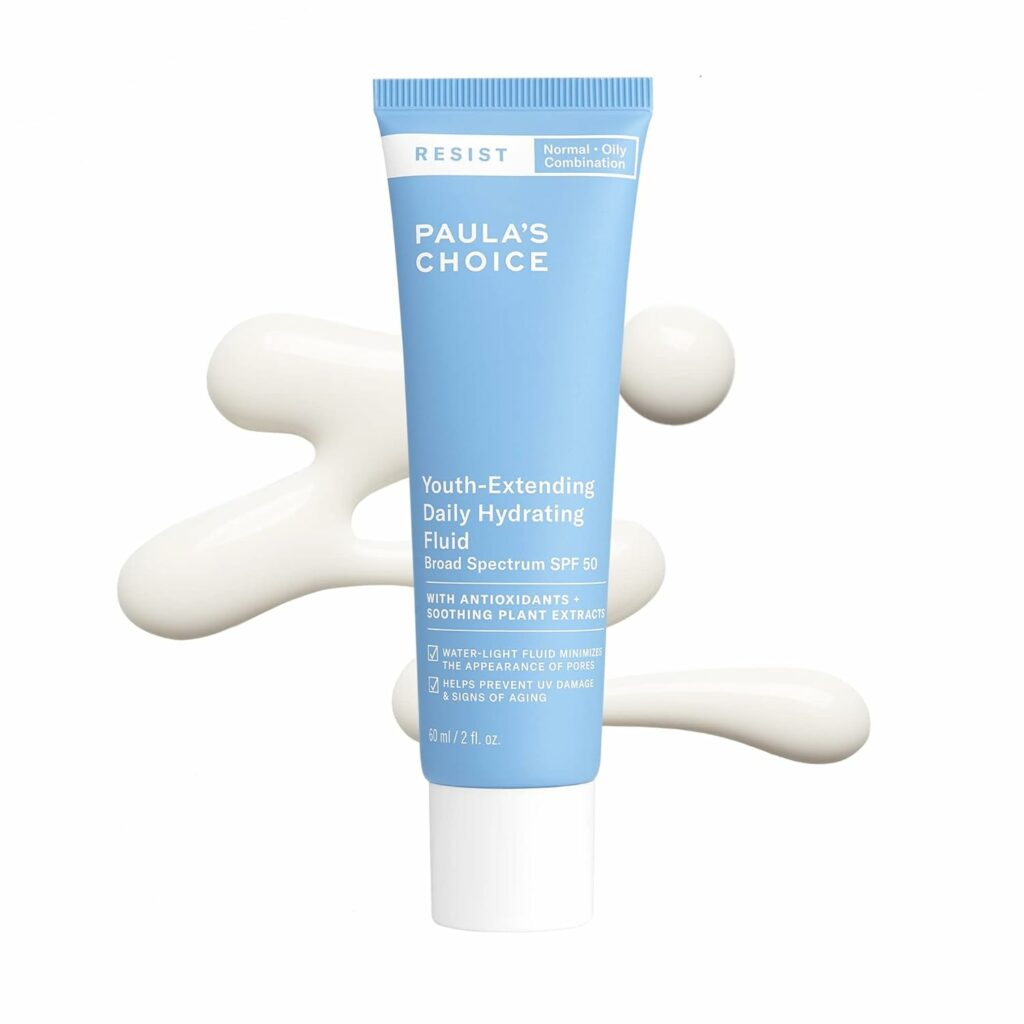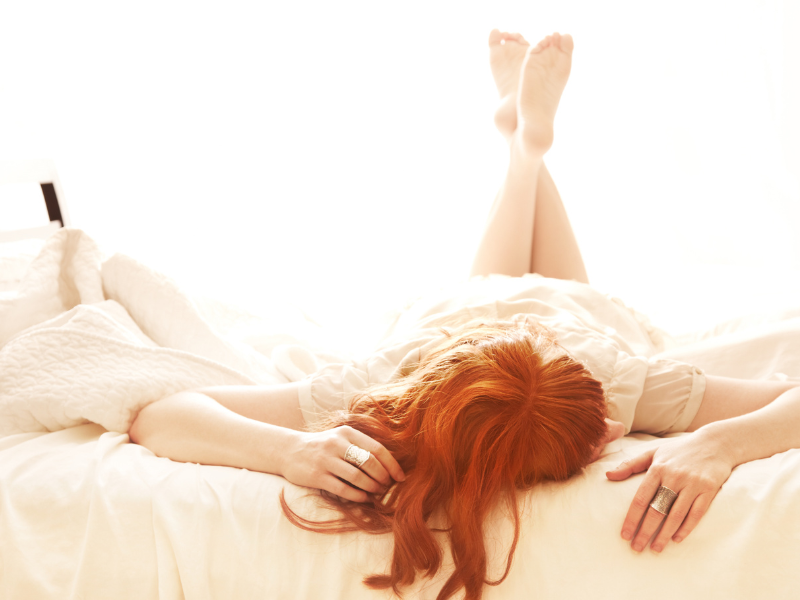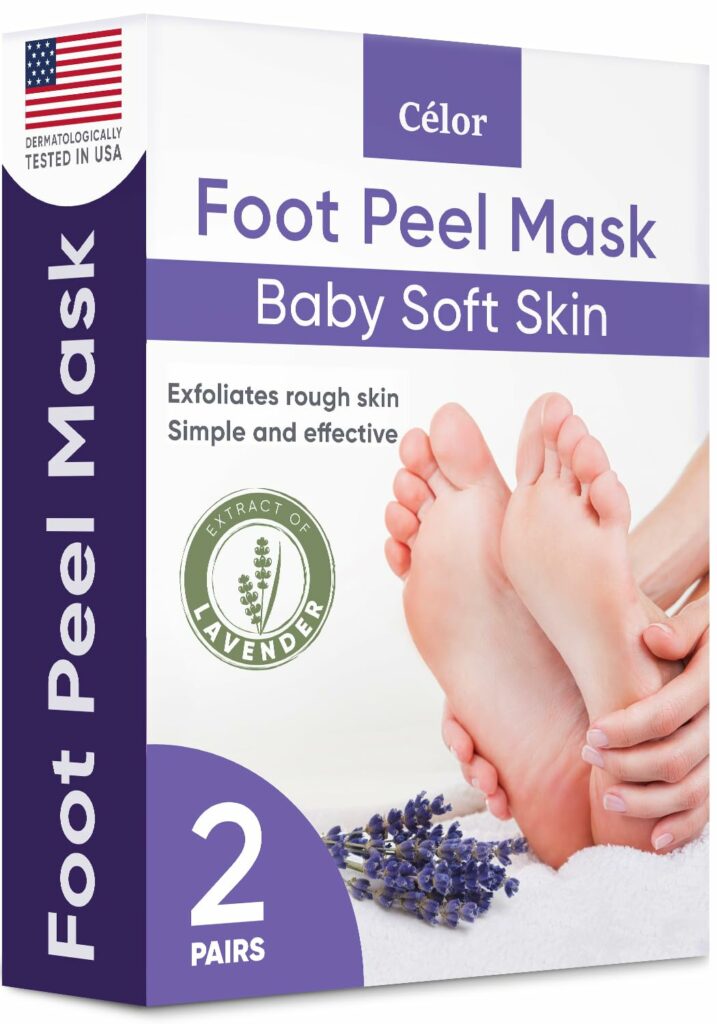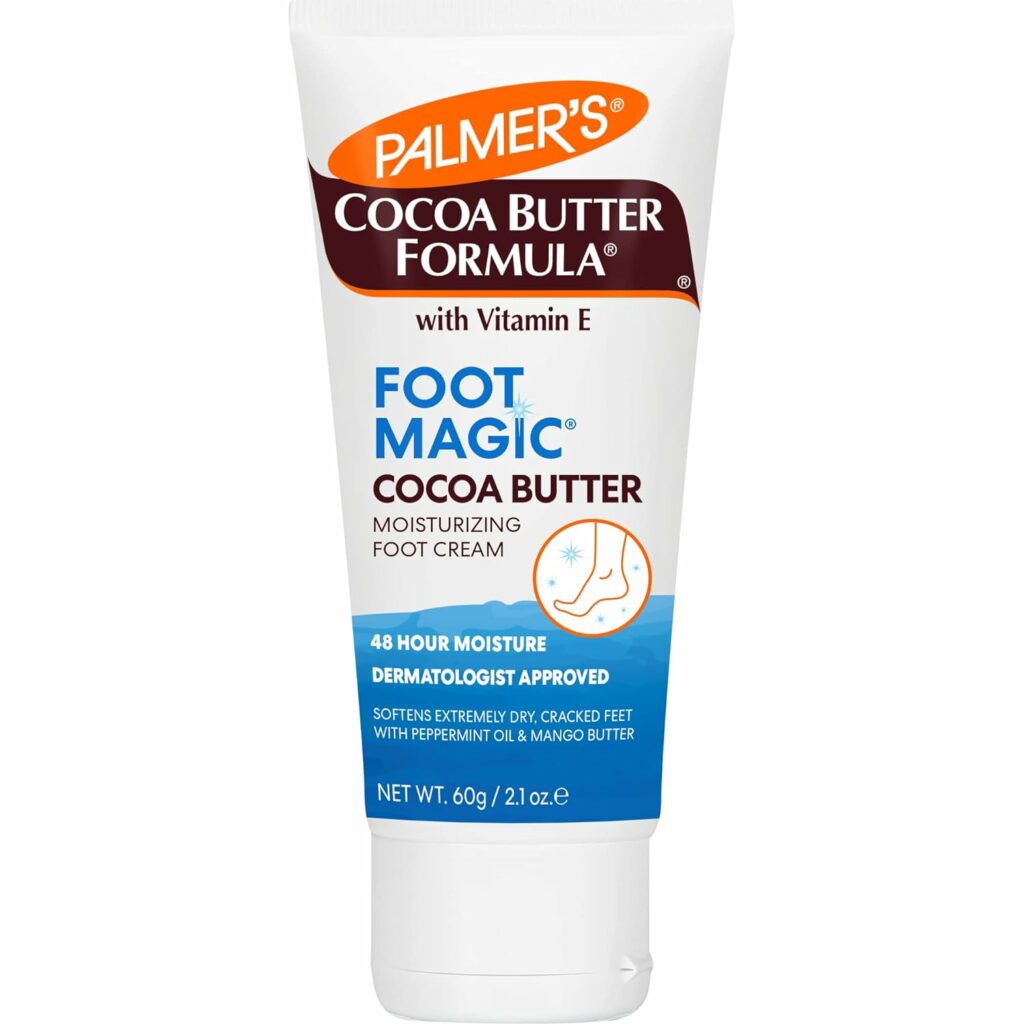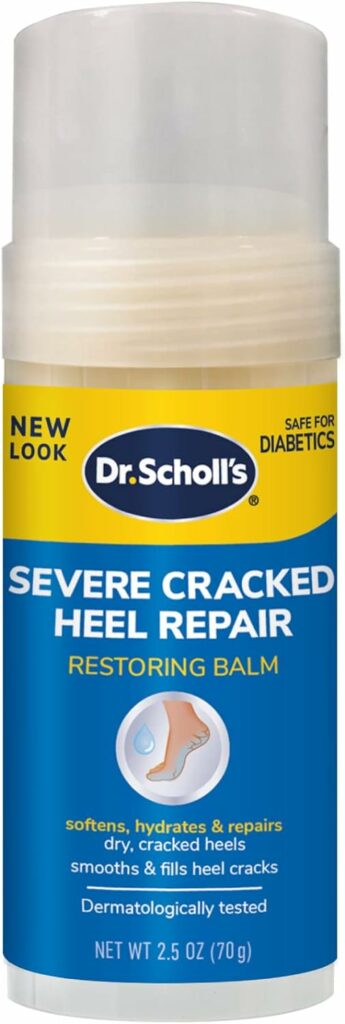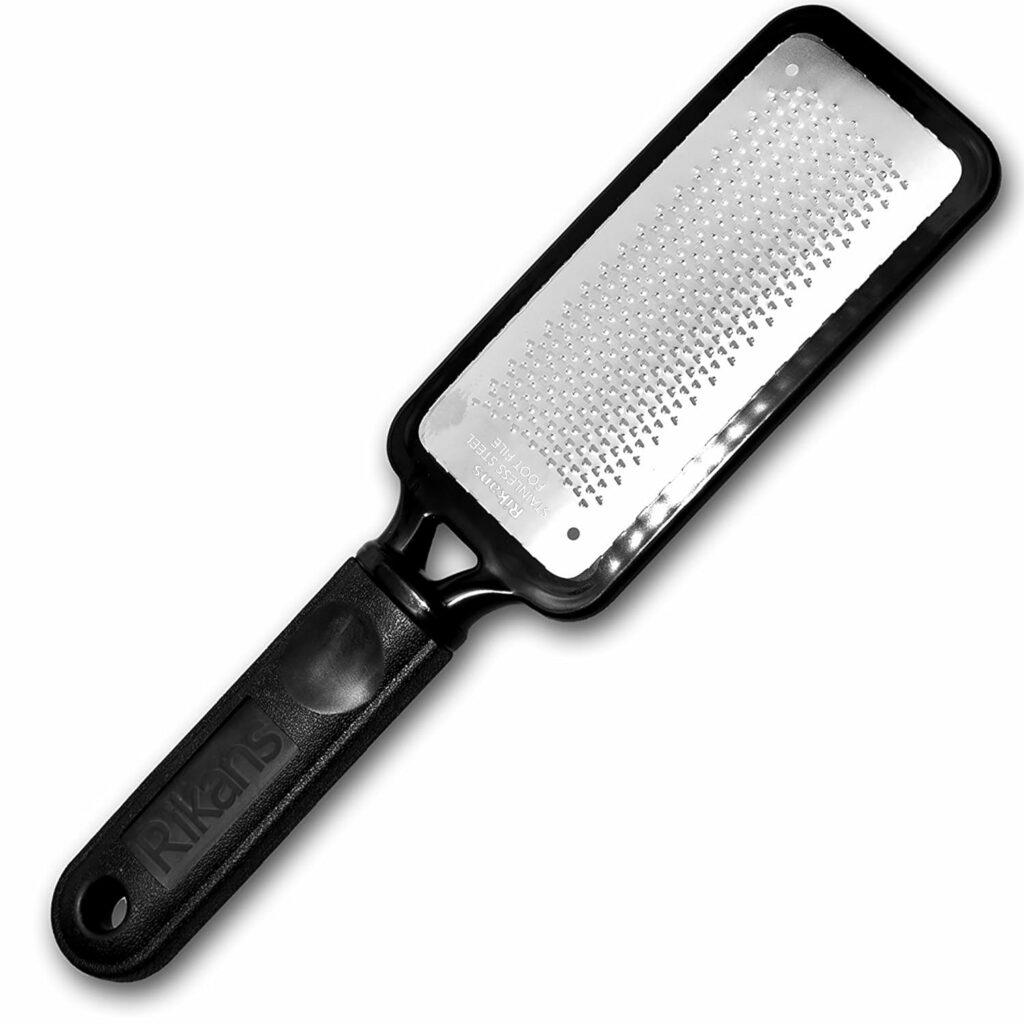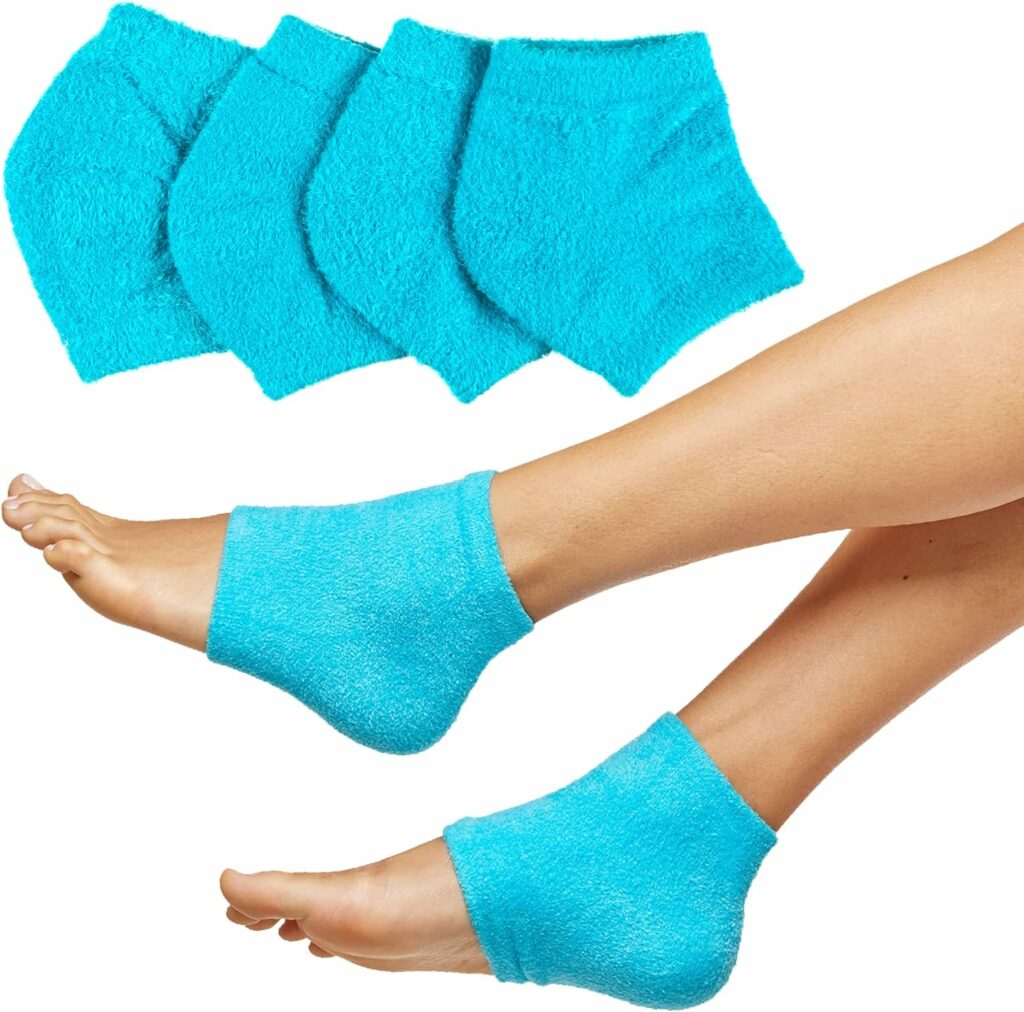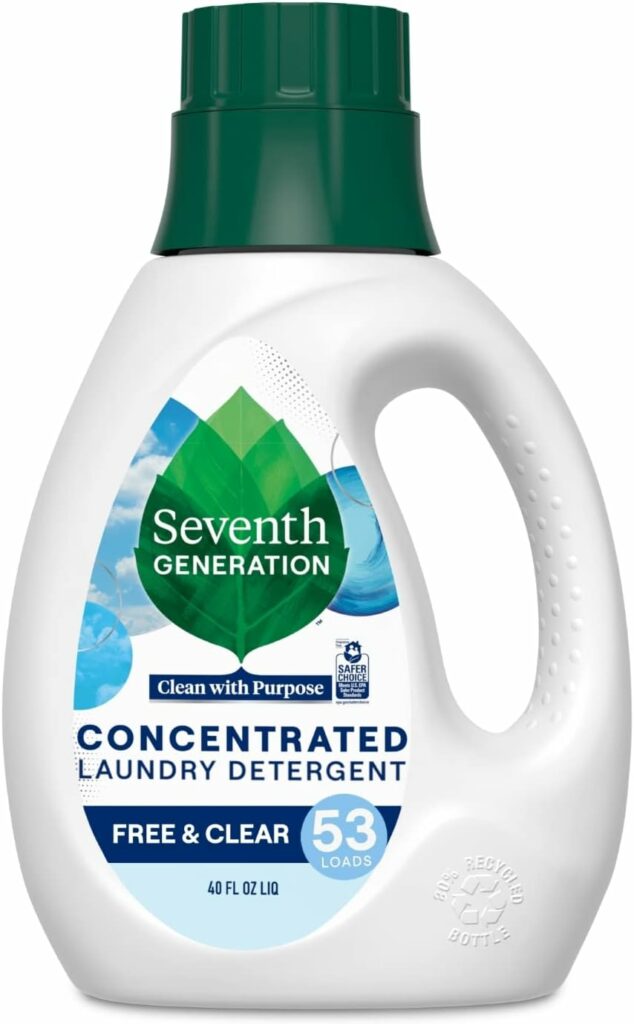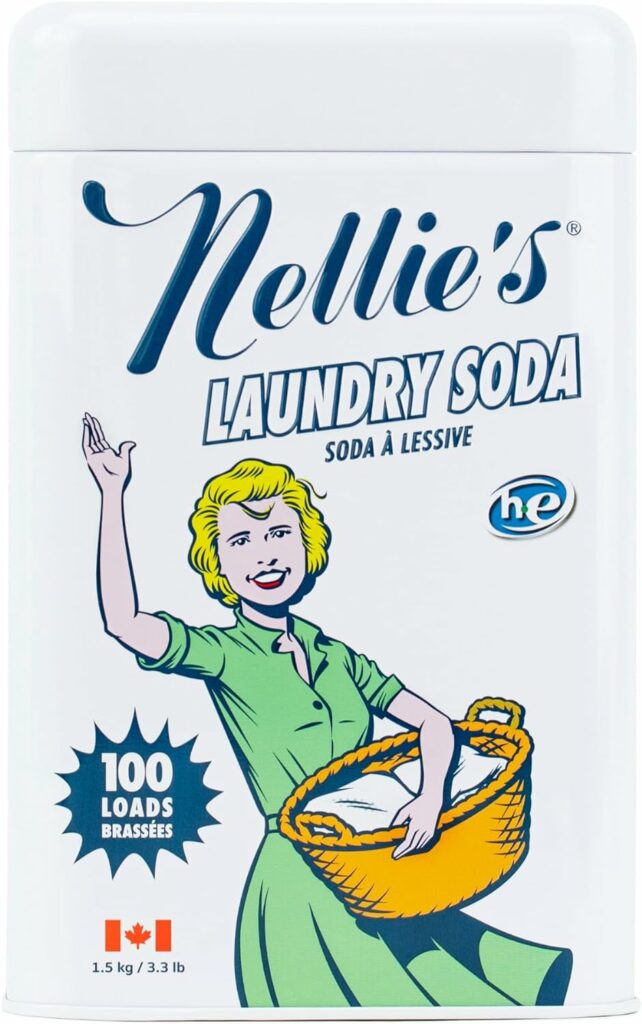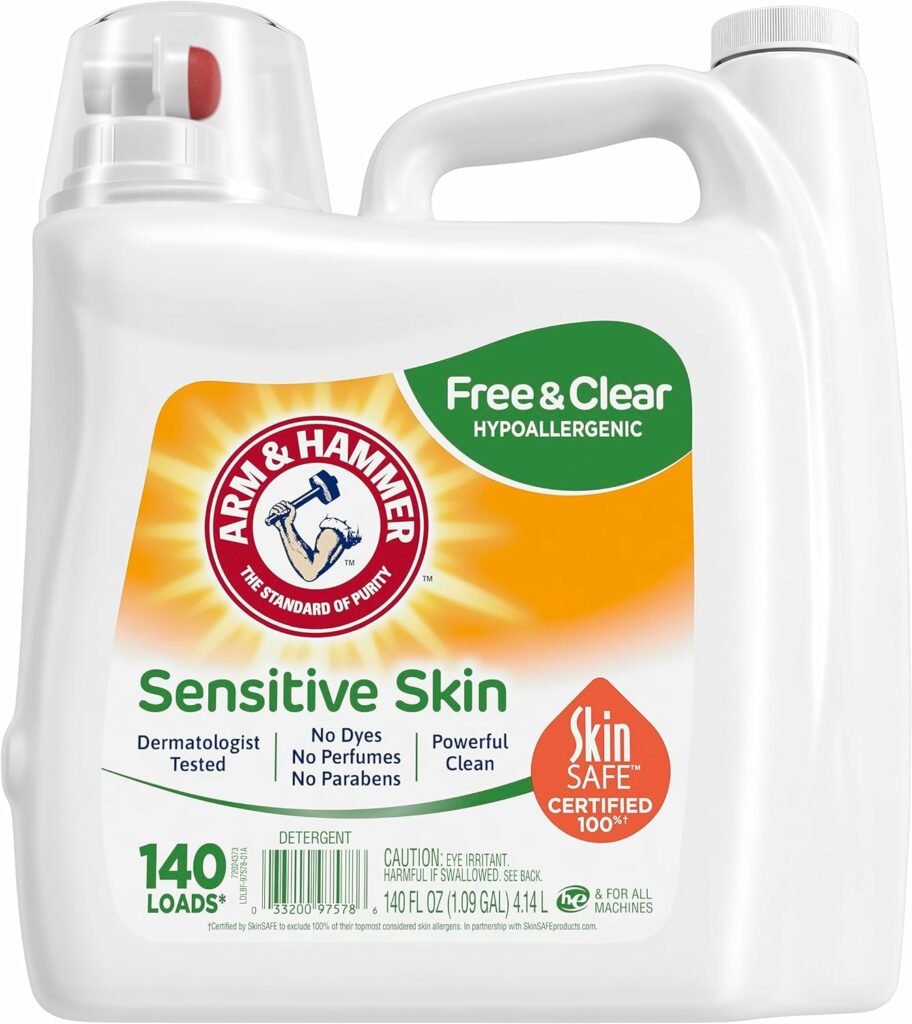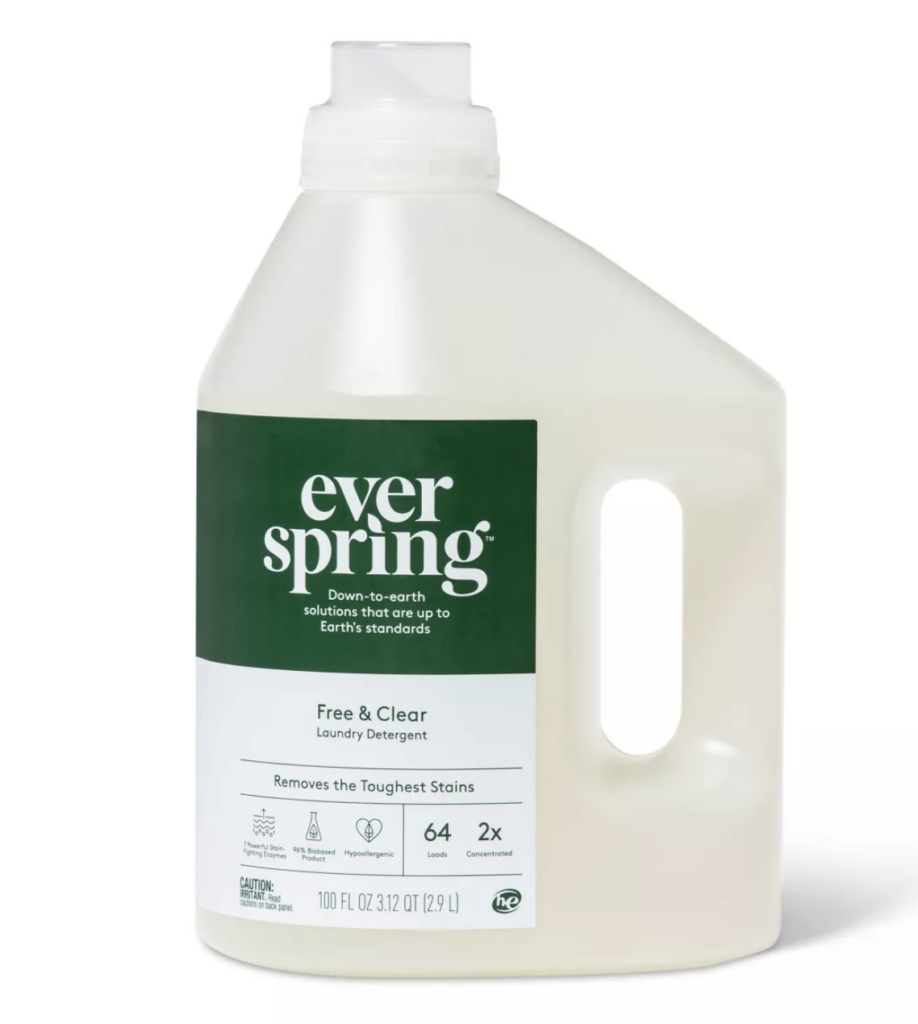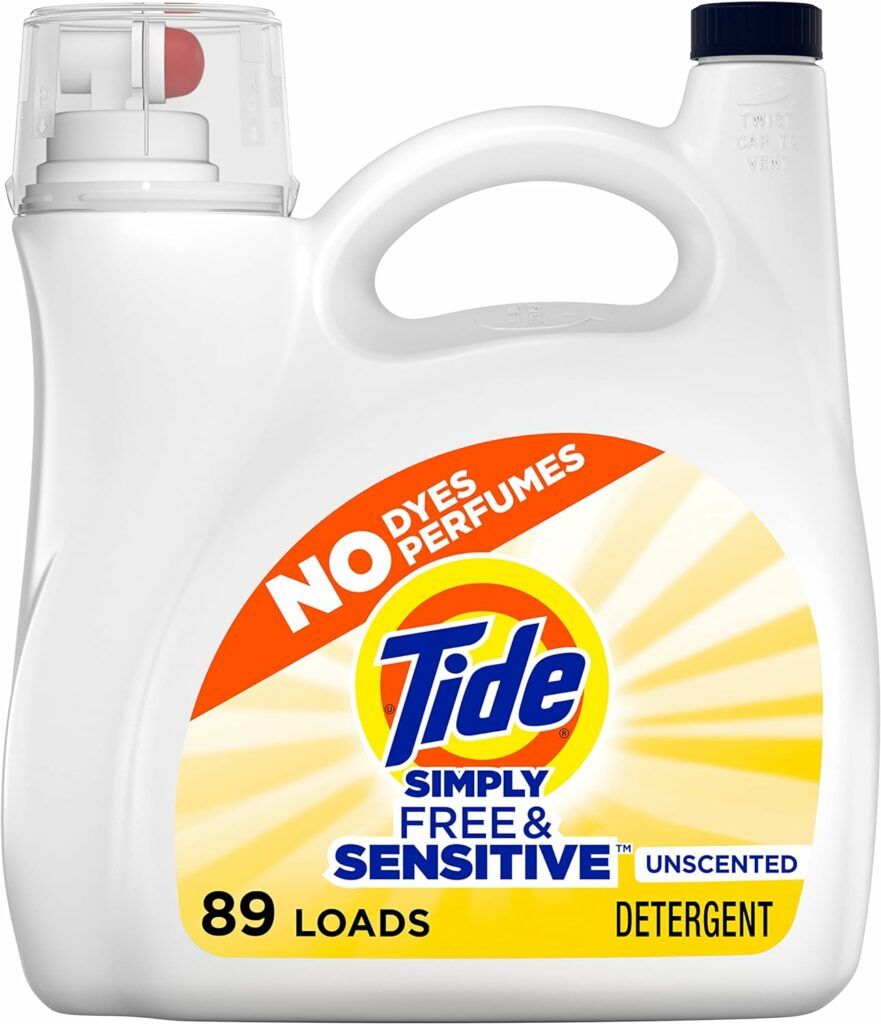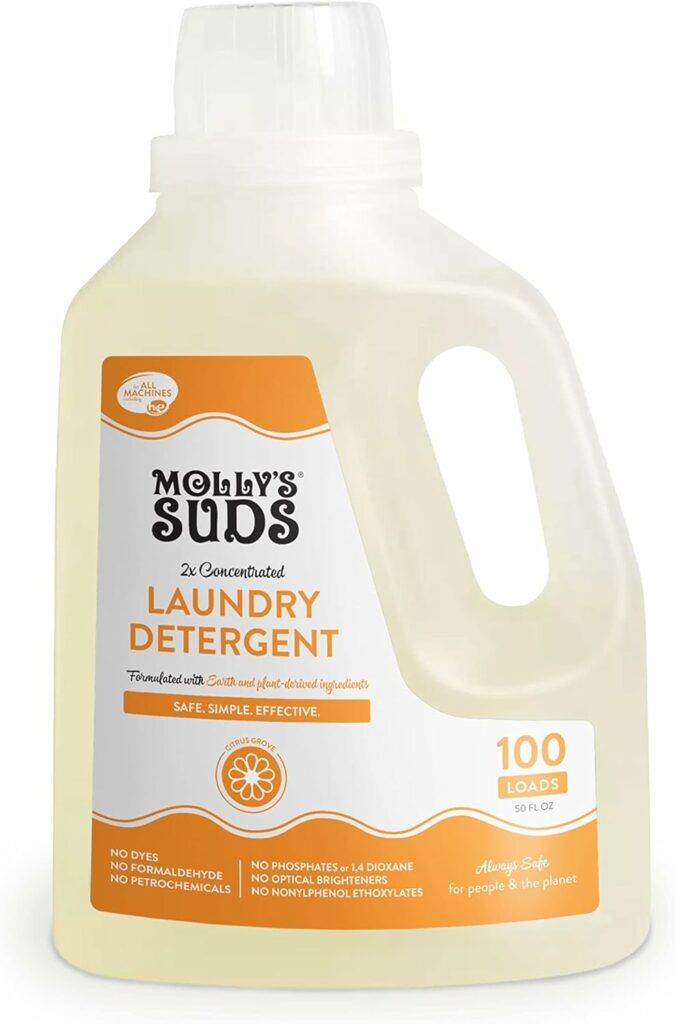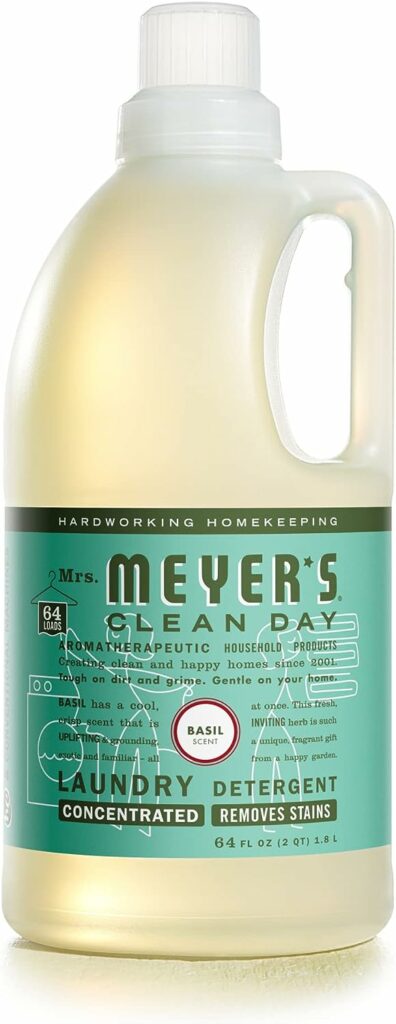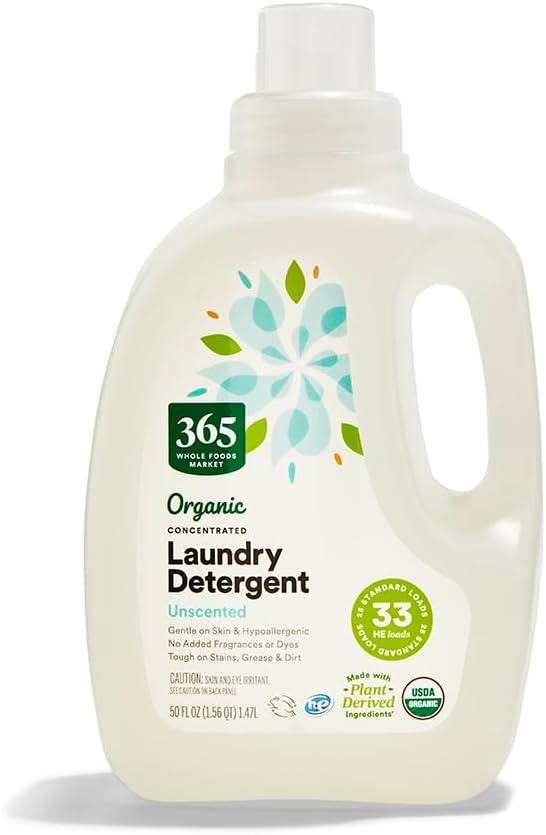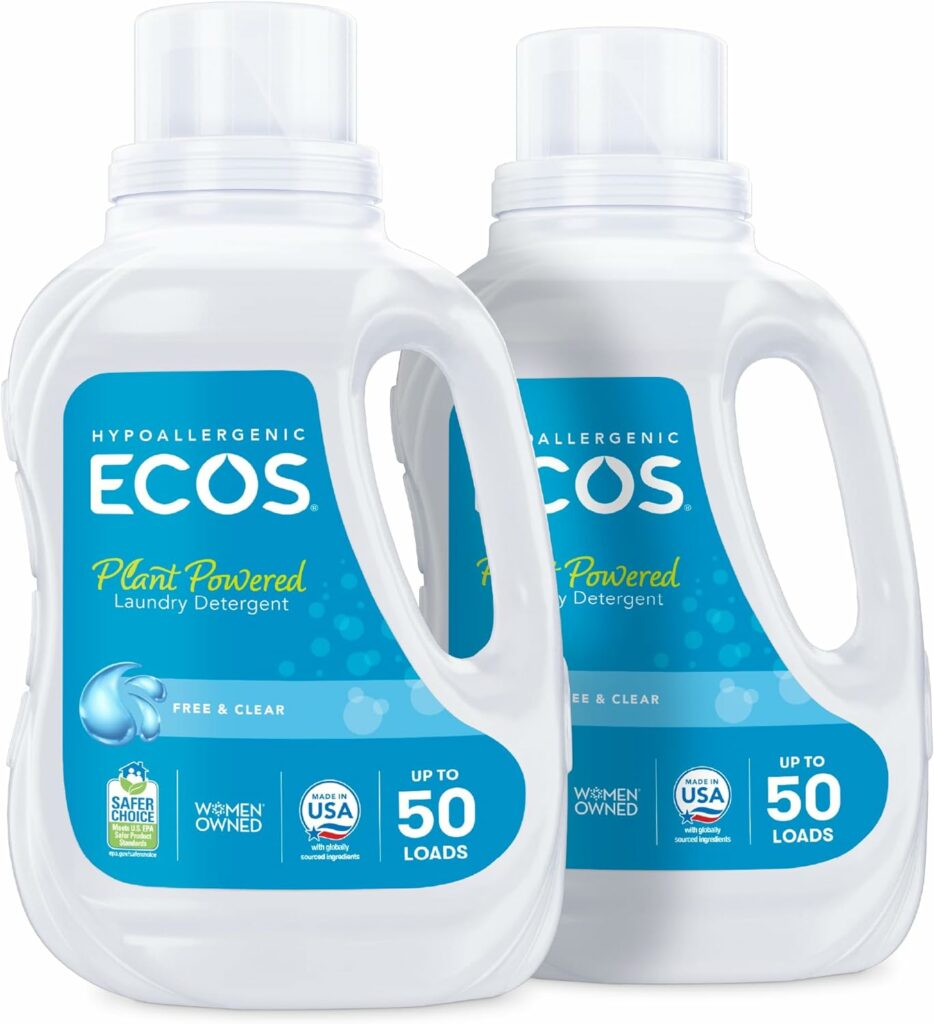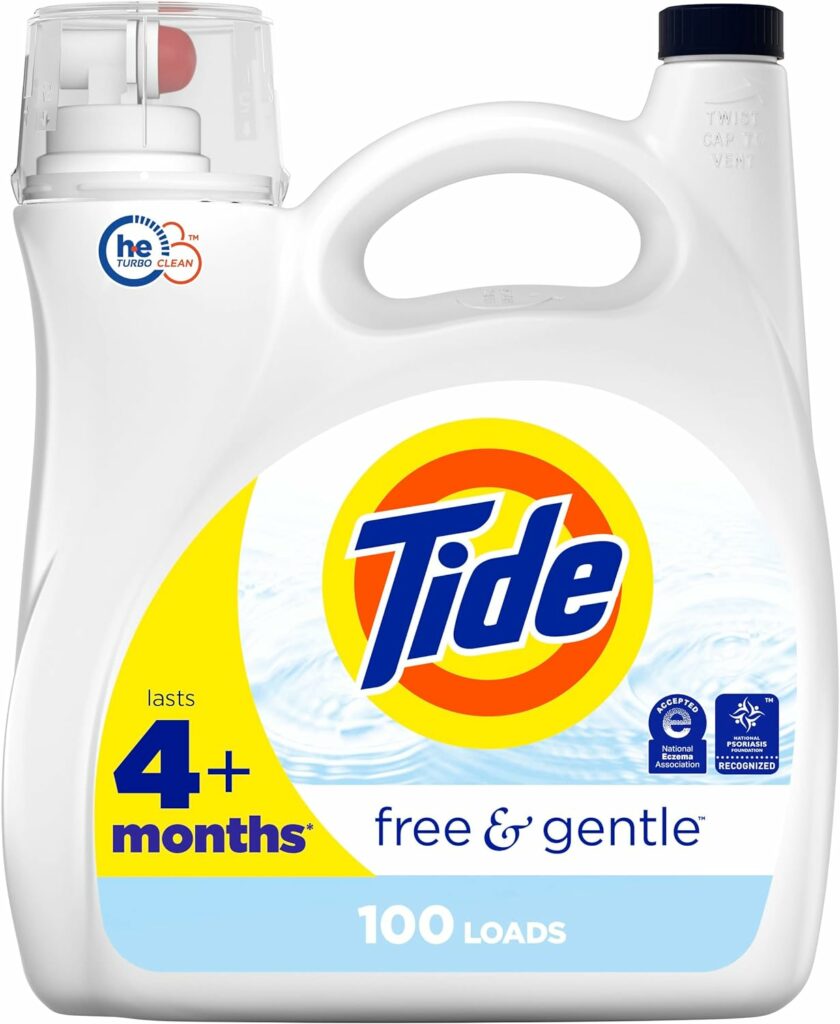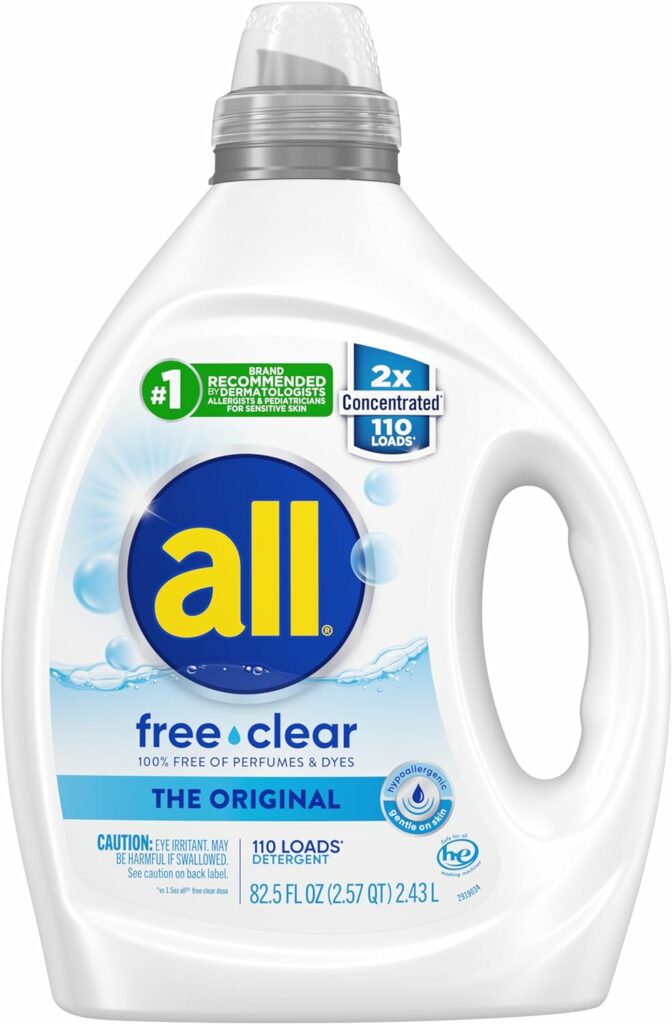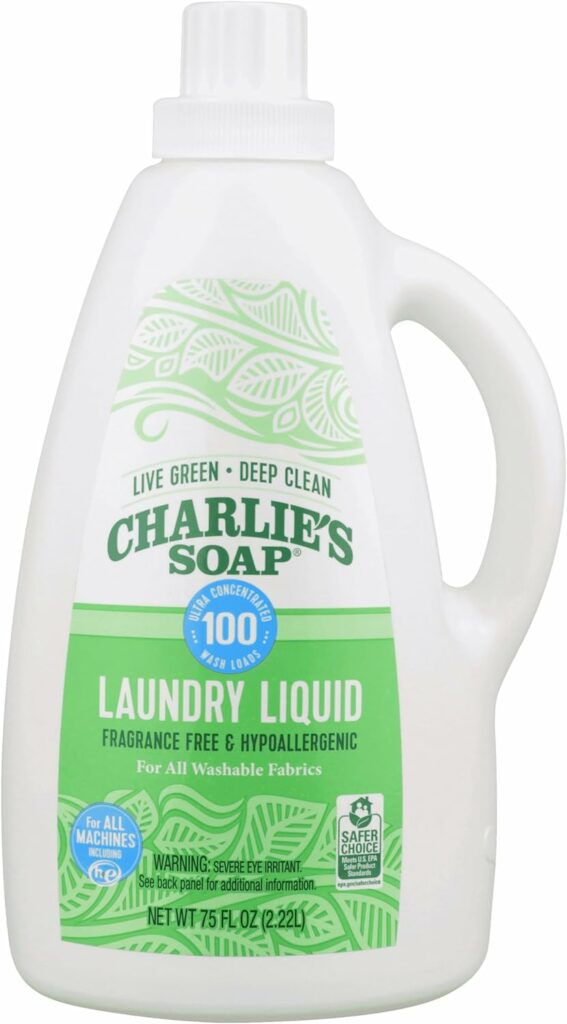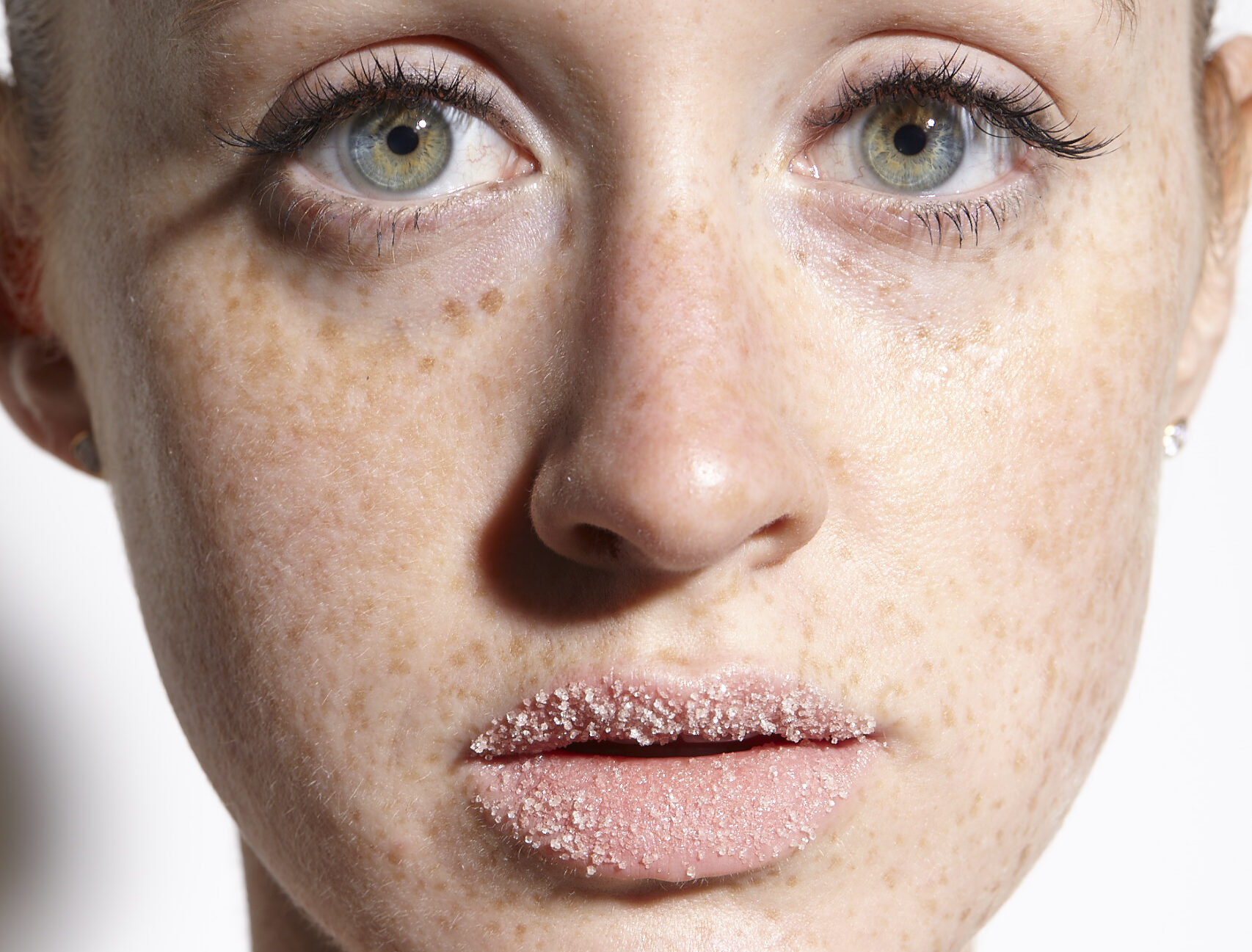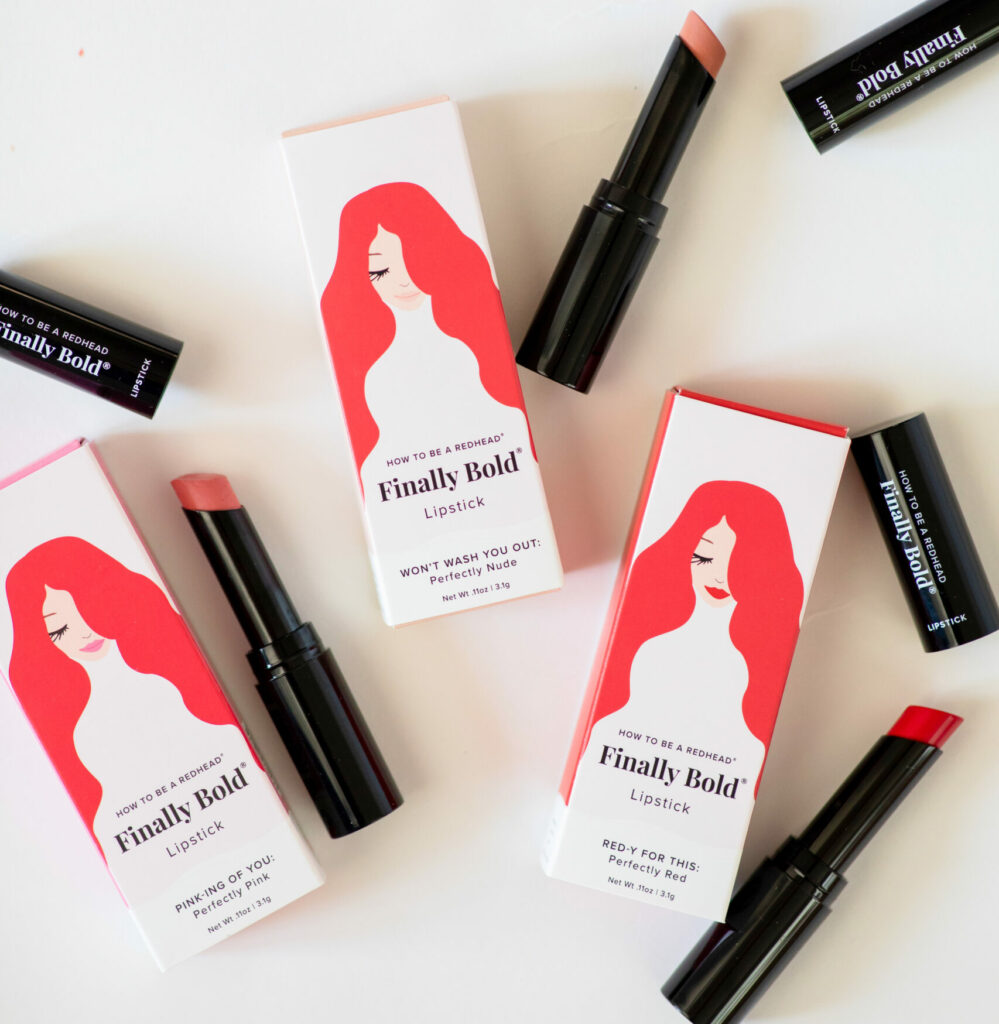You’ve probably heard of color analysis, also known as color consulting or color profiling. You may remember it when it was popular in the 80s or just learning about it due to its major resurgence on TikTok. Color analysis analyzes your skin tone, undertones, eye color, and natural hair color to determine which color palette is most flattering for you. It involves identifying whether a person has warm, cool, or neutral undertones and recommending a palette of colors that enhances their appearance. This analysis can be used for choosing clothing, makeup, hair dye, and even interior design elements to complement the individual’s natural features.
For a redhead, color analysis takes into account the unique combination of hair color, skin tone, and eye color that often accompanies red hair. Typically, redheads have fair to medium skin with warm undertones, and their eyes can range from green to blue to brown.
Many redheads may receive the results that earthy tones like rust, olive, and mustard can complement their hair color and warm undertones best. Additionally, jewel tones such as emerald green, sapphire blue, and deep purple can also look stunning. If you haven’t seen the viral Instagram post about redheads wearing emerald green, click here. And watch how many color analysts classify redheads:
@agile_styling Despite the fact that the majority of my redhead clients look great in cool colors and get very pale and washed-out with warm, I continue seeing a conventional color analysis insisting that all redheads have warm undertone and predefine their season to Spring or Autumn. Well…May be with Autumn palette I could see some harmony going with hair color only, however Spring colors are throwing the balance completely off. Colors are overpoweringly bright and light for redheads. The first check we should do is an undertone, and on this stage, you can’t go wrong, if Cool is winning-you can’t be warm season. In addition to it, redheads who I analyzed as Summers or Cool Summers cringed when I tried warm colors on them. They did not like how their complexion instantly became pale and patchy, the pigmentation became prominent and their faces lost dimension and became flat and washed out. Imagine looking at yourself in the mirror and hating the way you look, just because the traditional color analysis already assumed your palette due to your hair color. With cool colors the faces are bright, the complexion becomes smooth, the eyes are shining, no pigmentation and a 3-dimensional face with fully defined cheekbones, jawline and chin. Beautiful✨ I did analyze some redheads as Autumns, but their coloring is different, the eye color, skin tone are visually warmer and they look lovely in Warm or True Autums palette. Every theory has to be backed up with facts and for now, my facts are saying that some redheads can have a cool undertone and can wear cool colours, simply because they look gorgeous in them🔥 #coloranalysis #redhair #redhead #undertone #coolundertone #coloranalysistok #coloranalyst
However, a recent Reddit post in r/coloranalysis brings up the idea of color analysis being flawed for redheads.
The post reads: “I’m starting to think that color analysis just doesn’t work well for redheads. Everything I’ve read immediately lumps us into autumn, or occasionally spring. The photos they use are always copper hair and blue eyes, with peachy skin, but the most common eye color for redheads is dark brown, auburn hair can be cool, and our skin is often pink. Mine is and I look awful in autumn colors. My best shades are royal blue, bluish purple, and charcoal grey. Are there any other redheads out there who believe they are cool?”
Since red hair hair is warm-toned, there’s a natural misconception that all redheads have warm undertones. But redheads can have any undertone. However, according to some color analysis consultants, a natural redhead cannot have fully cool undertones in the world of color analysis because the warmth from their hair doesn’t line up with a fully cool palette. In our opinion, this excludes a whole range of color analysis options for those redheads.
A commenter on the post explains, “When they say natural redheads won’t have a fully cool undertone, it doesn’t mean they all have a fully warm one, either. It does indicate a degree of warmth.” This is why redheads with cool undertones would be more likely to be classified as neutral-cool-toned than just cool-toned.
But what happens when you get a color analysis consultant who does believe cool tones work for redheads? It seems that the thinking of red hair = warm might be subjective, outdated, or just wrong. The video below explains more about how a redhead can have cool tones and how their red hair won’t play as big of a factor in their color analysis:
So, is color analysis flawed for redheads? It might be! It may all depend on who you talk to and their thoughts on how redheads fit into the color analysis world.
Rock it like a Redhead!
RELATED POSTS
READ: Silver or Gold: What Jewelry Color Looks Best with Red Hair?
READ: Cool Undertone vs Warm Undertone Makeup Tips For Redheads

